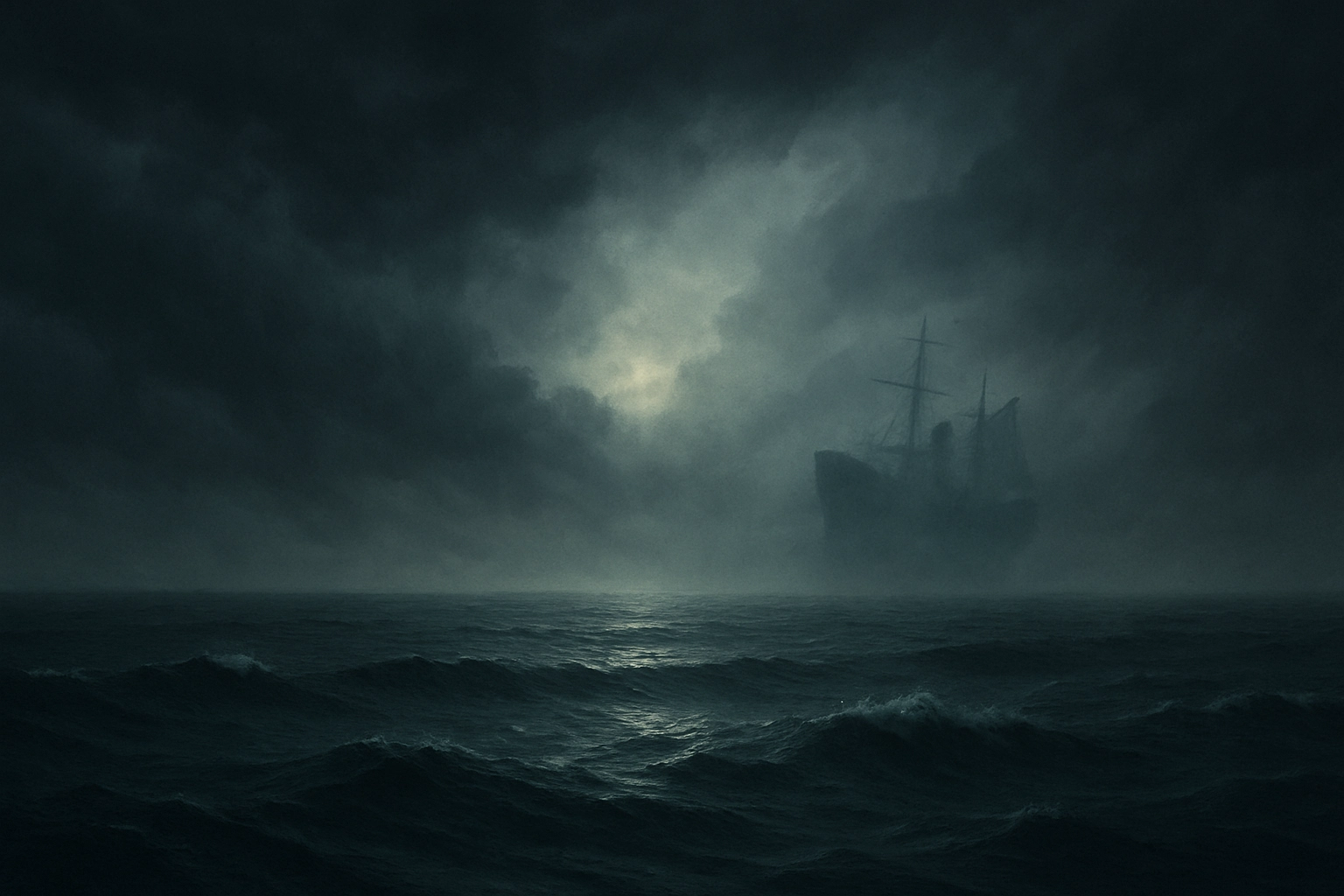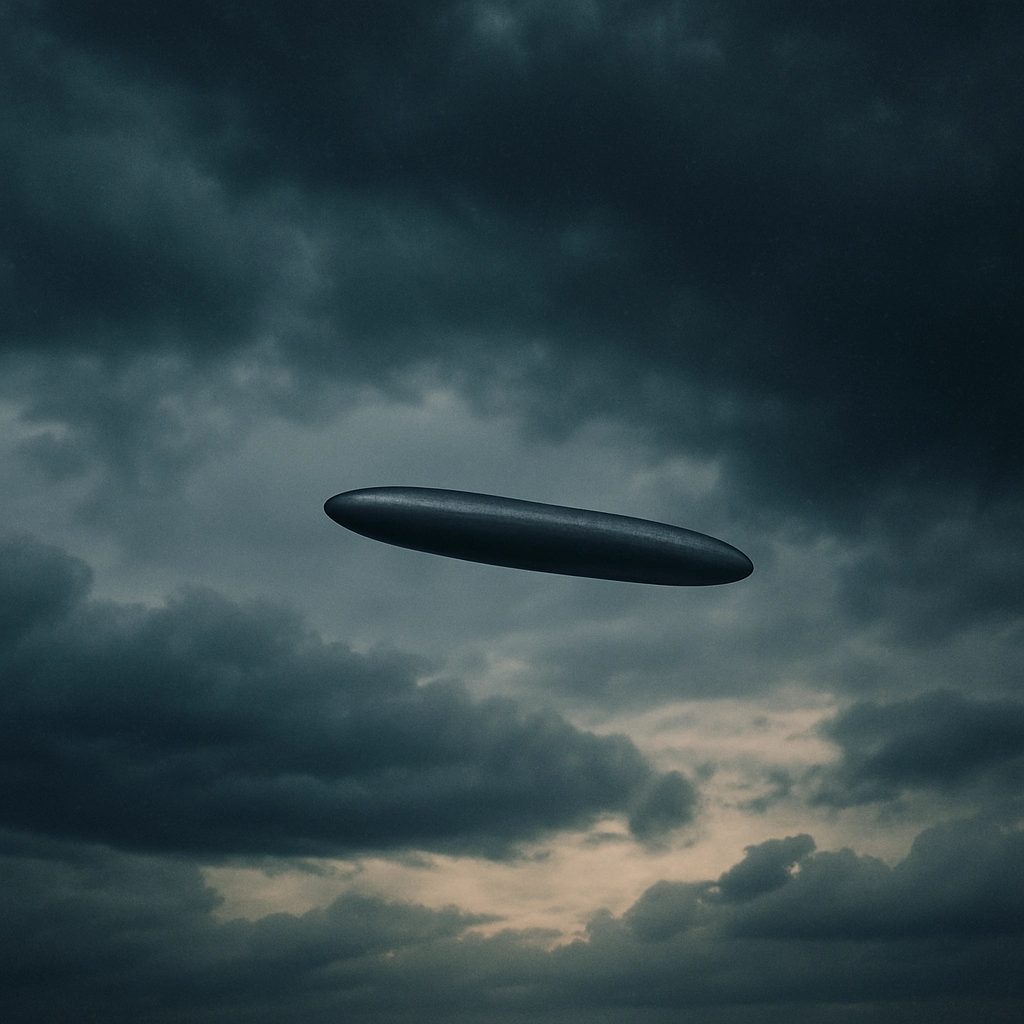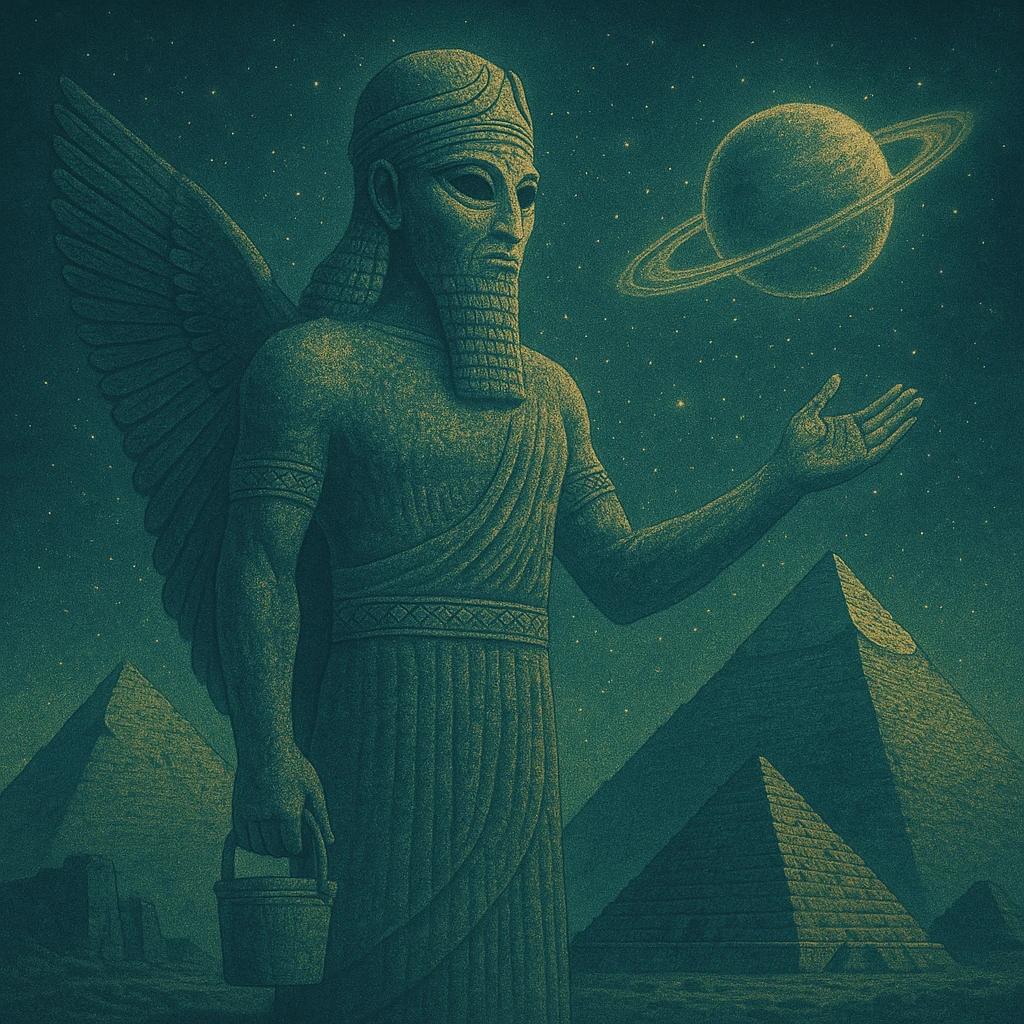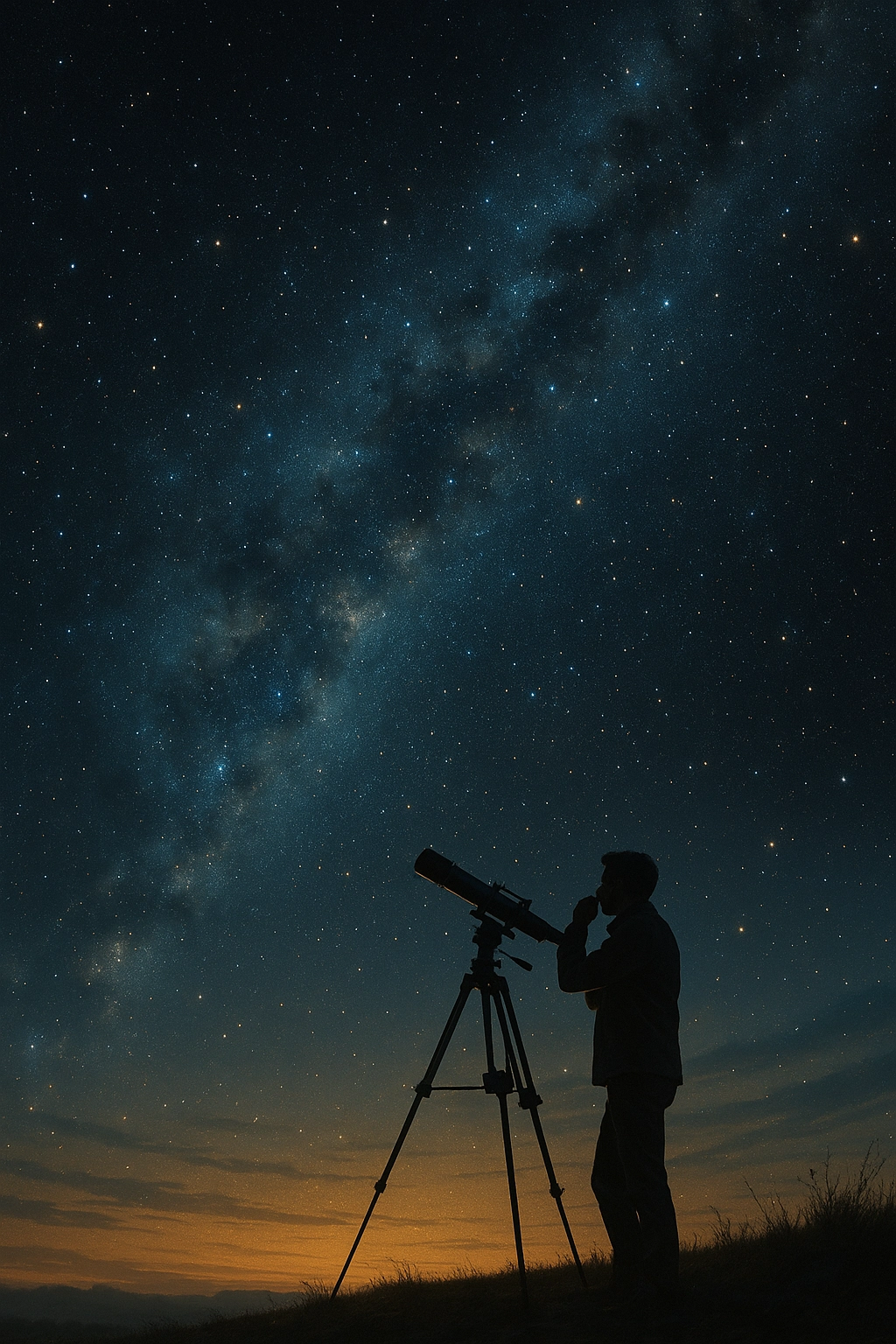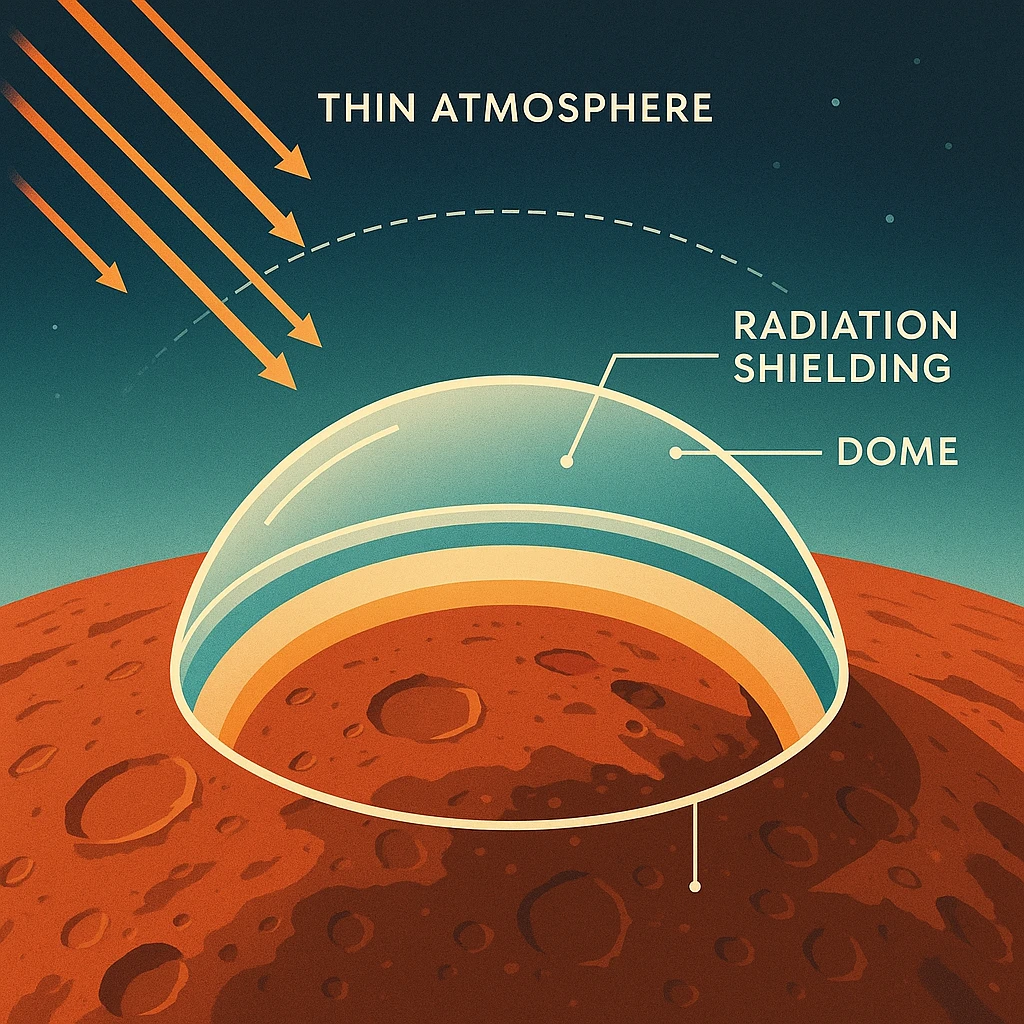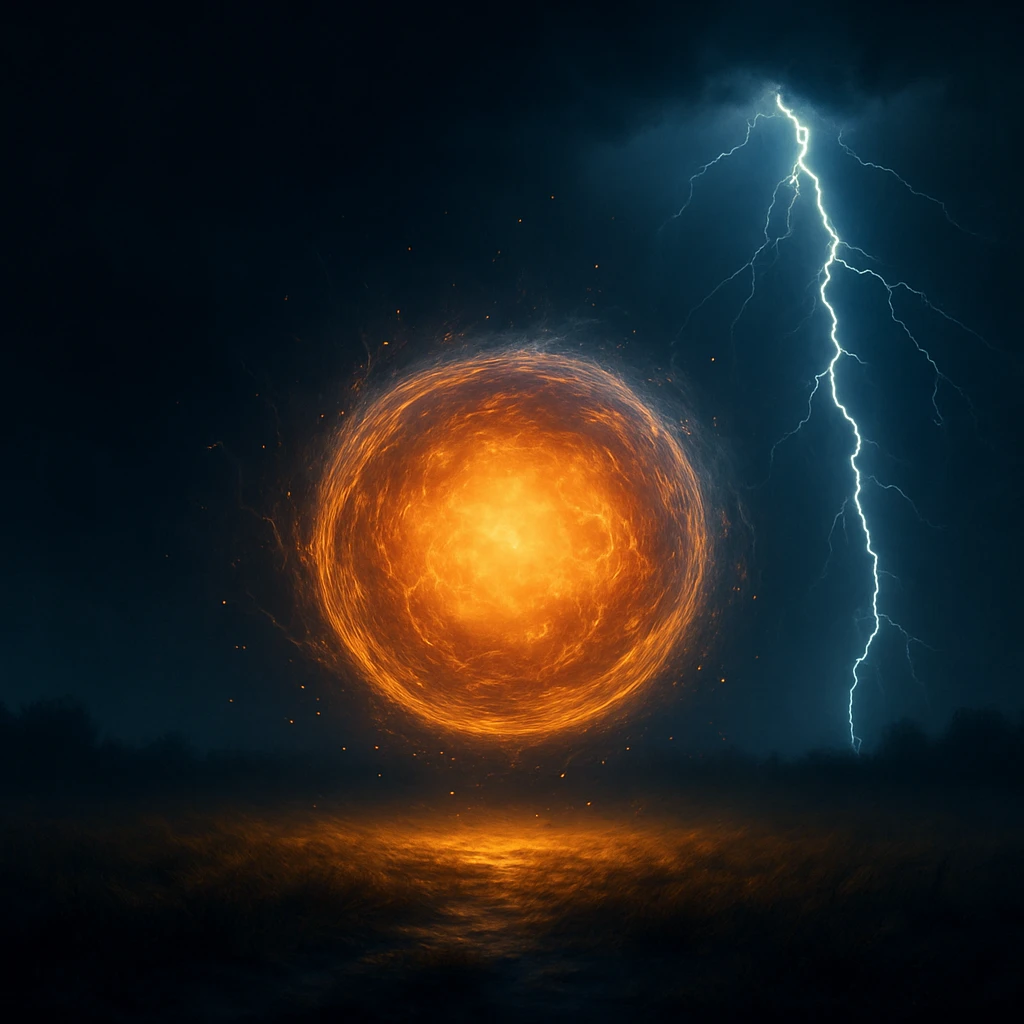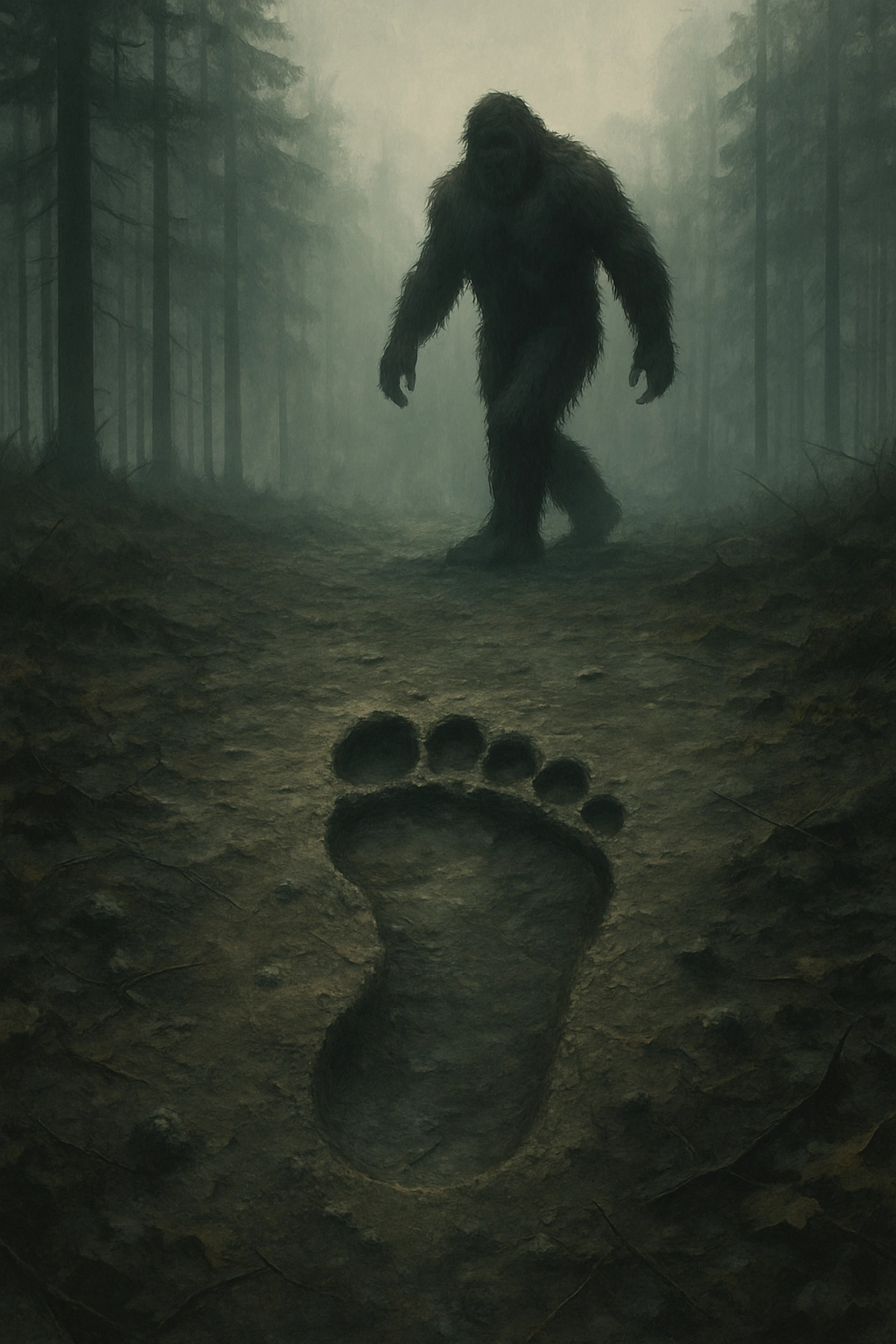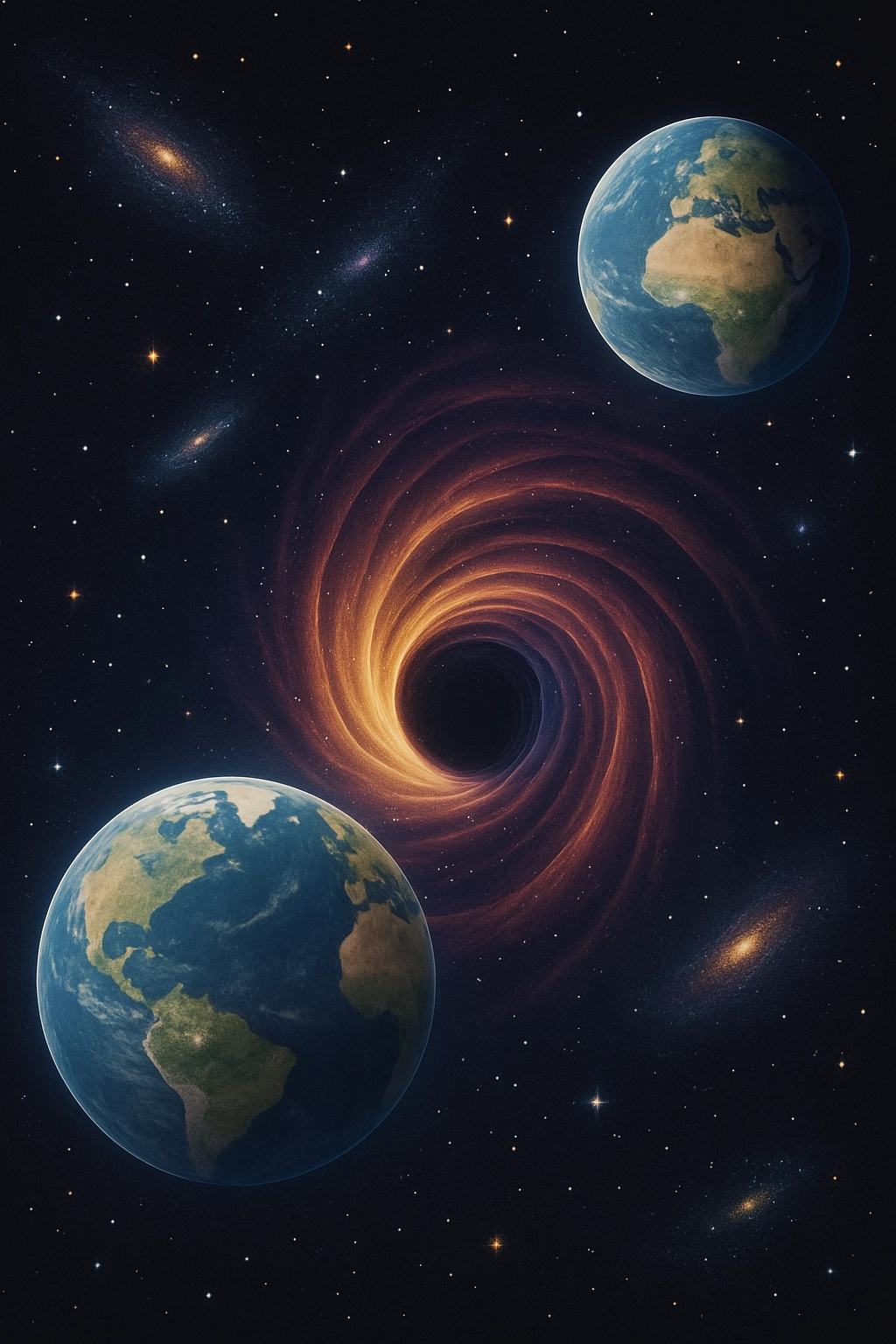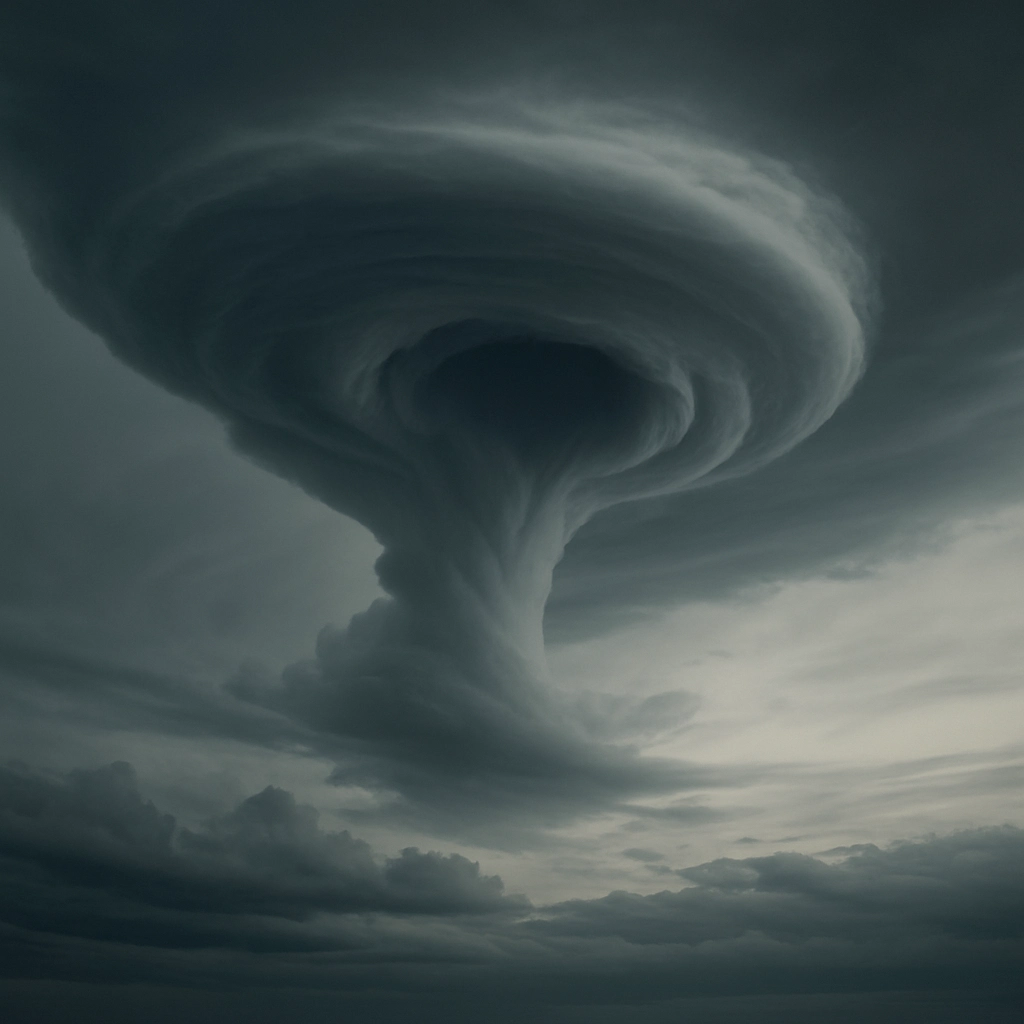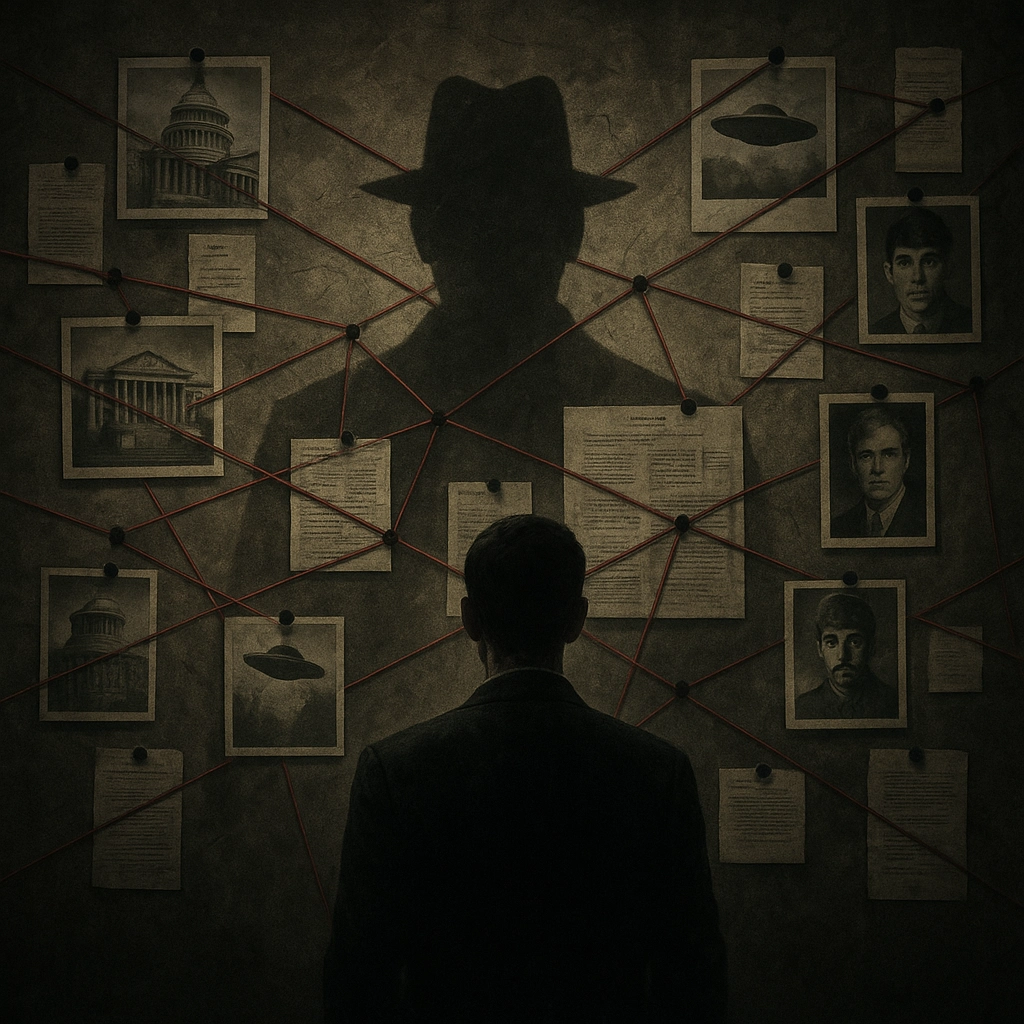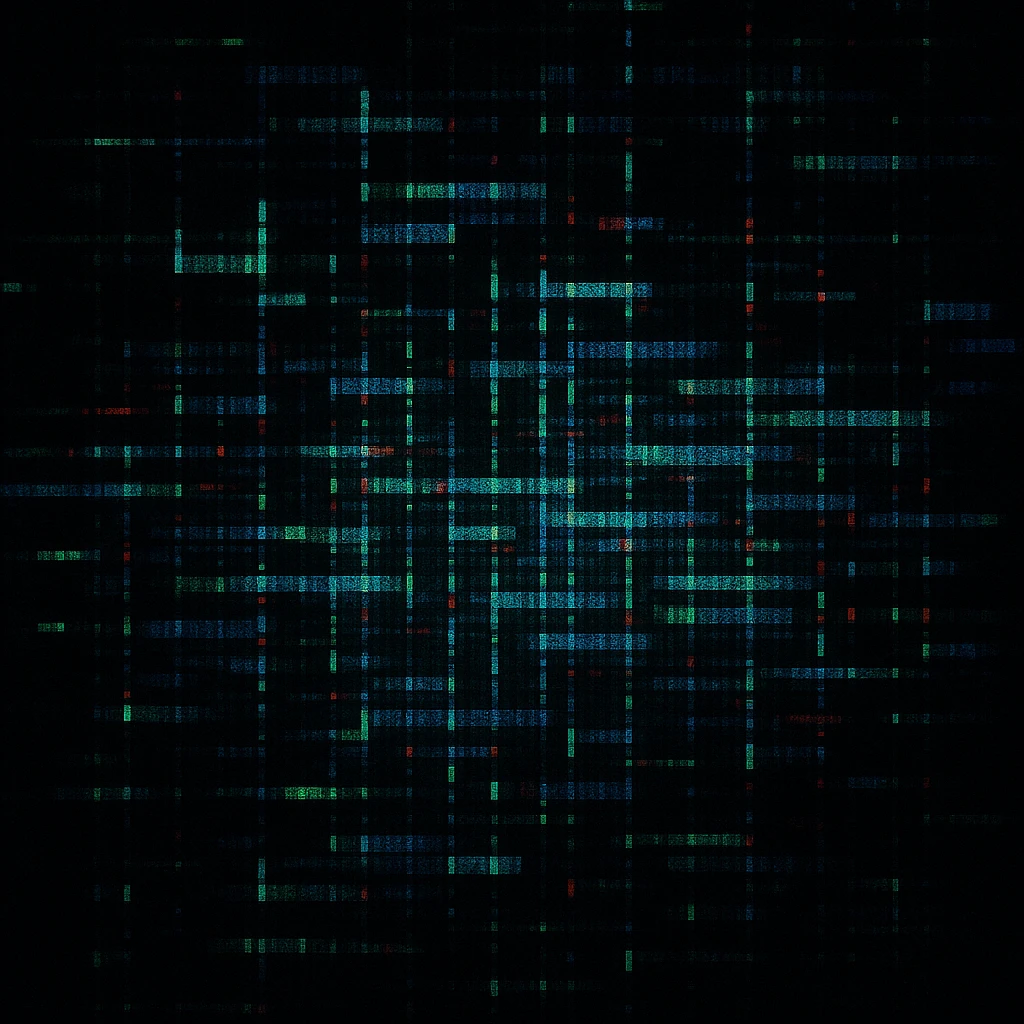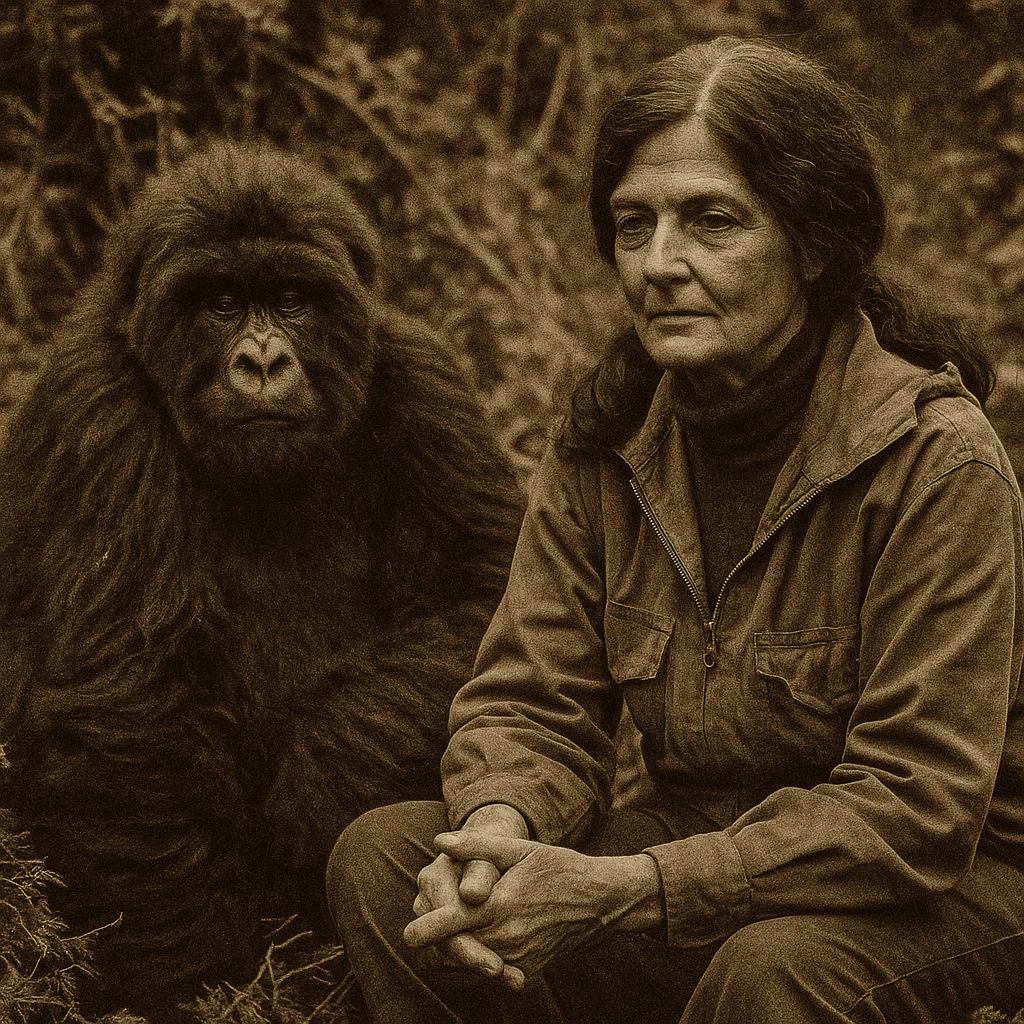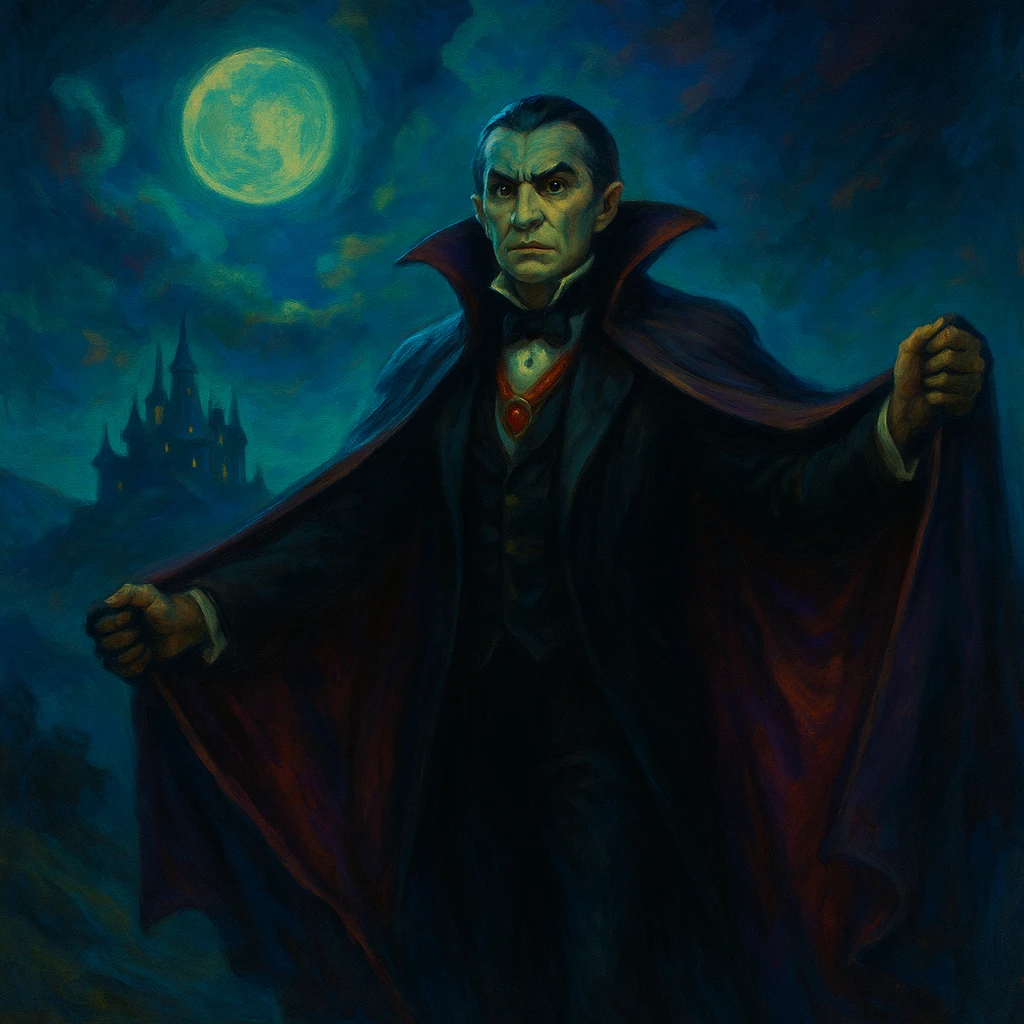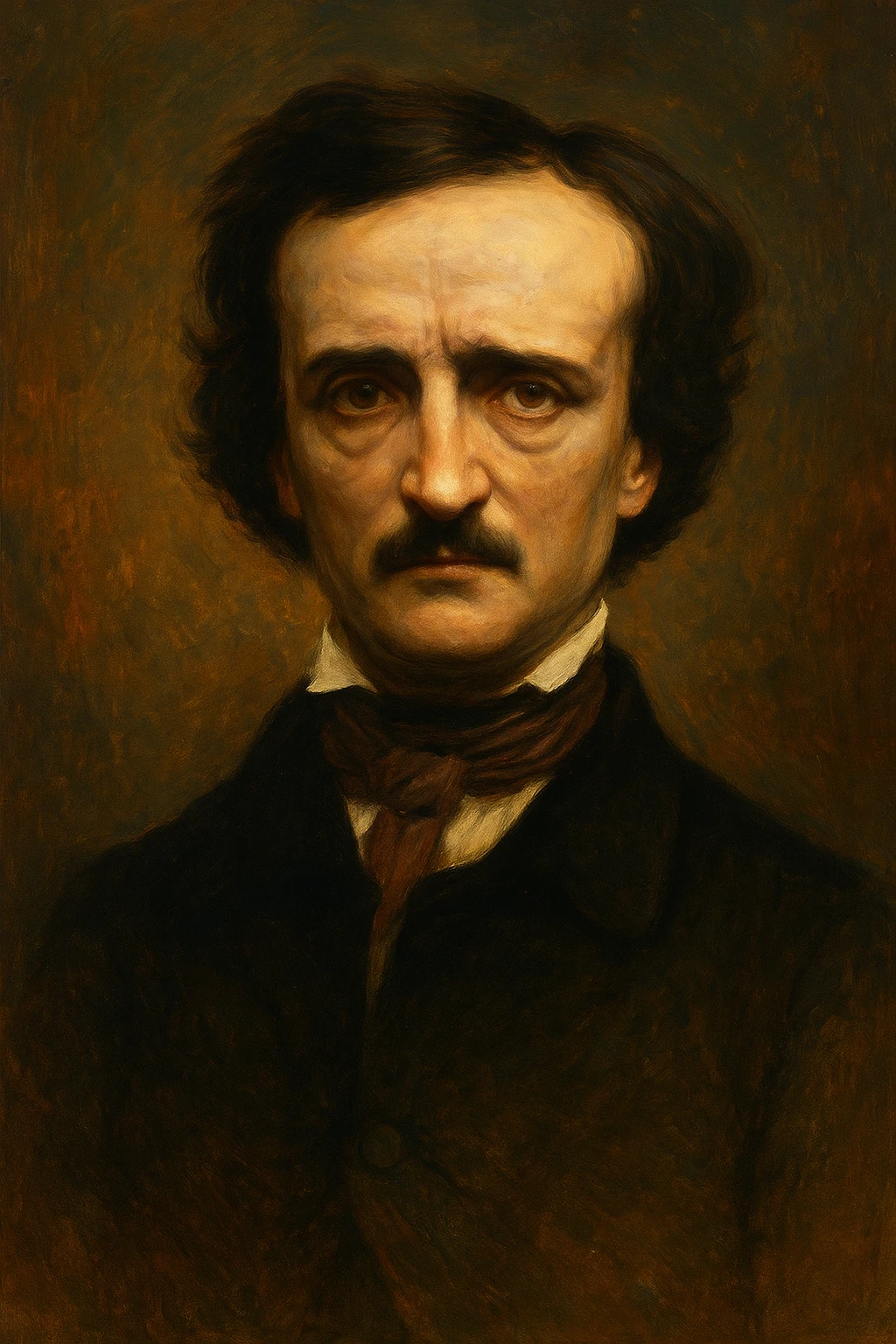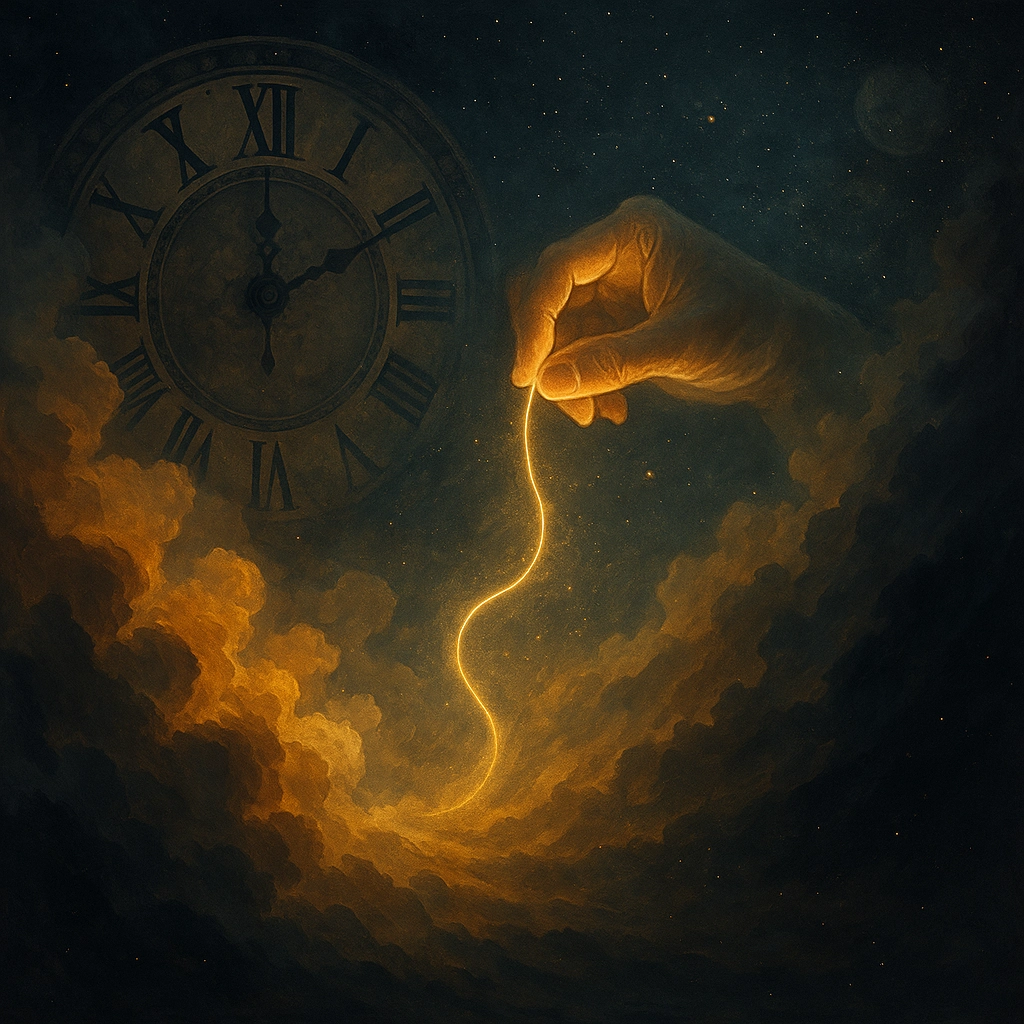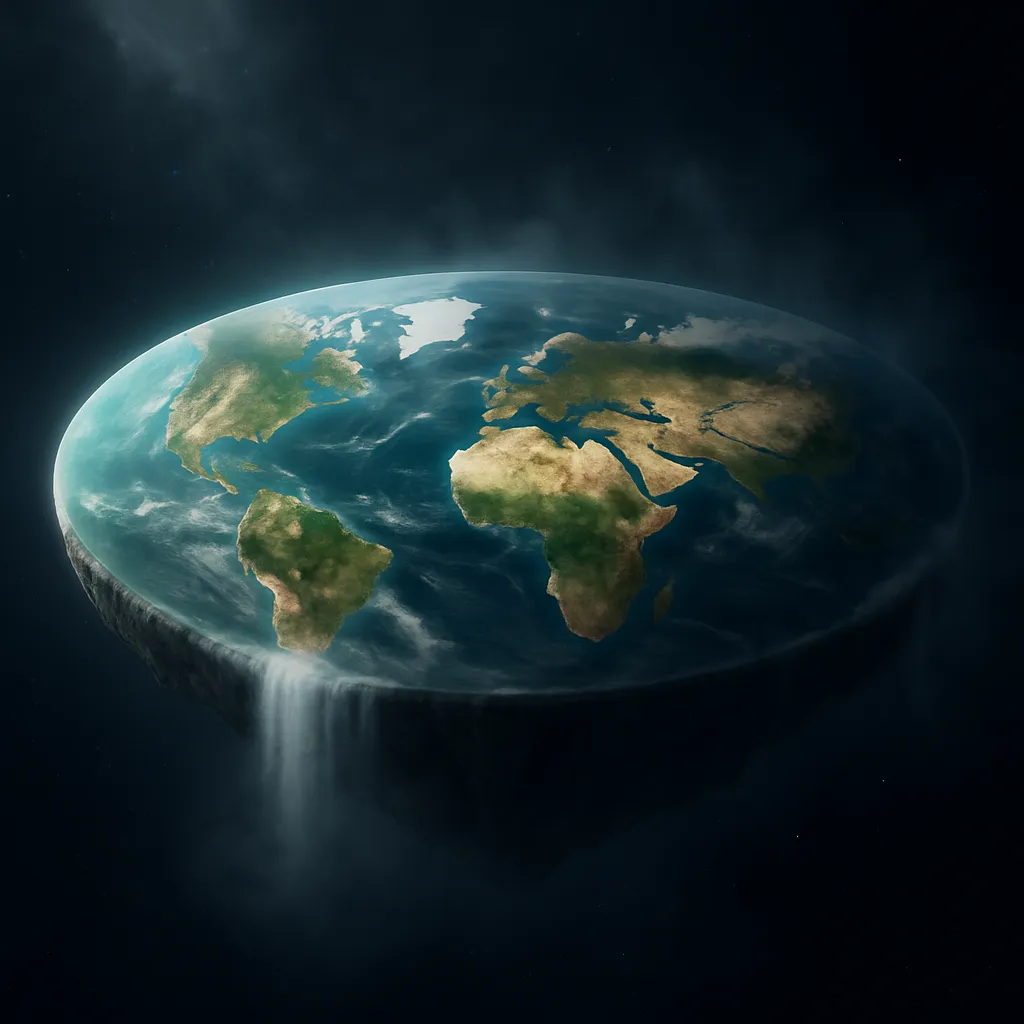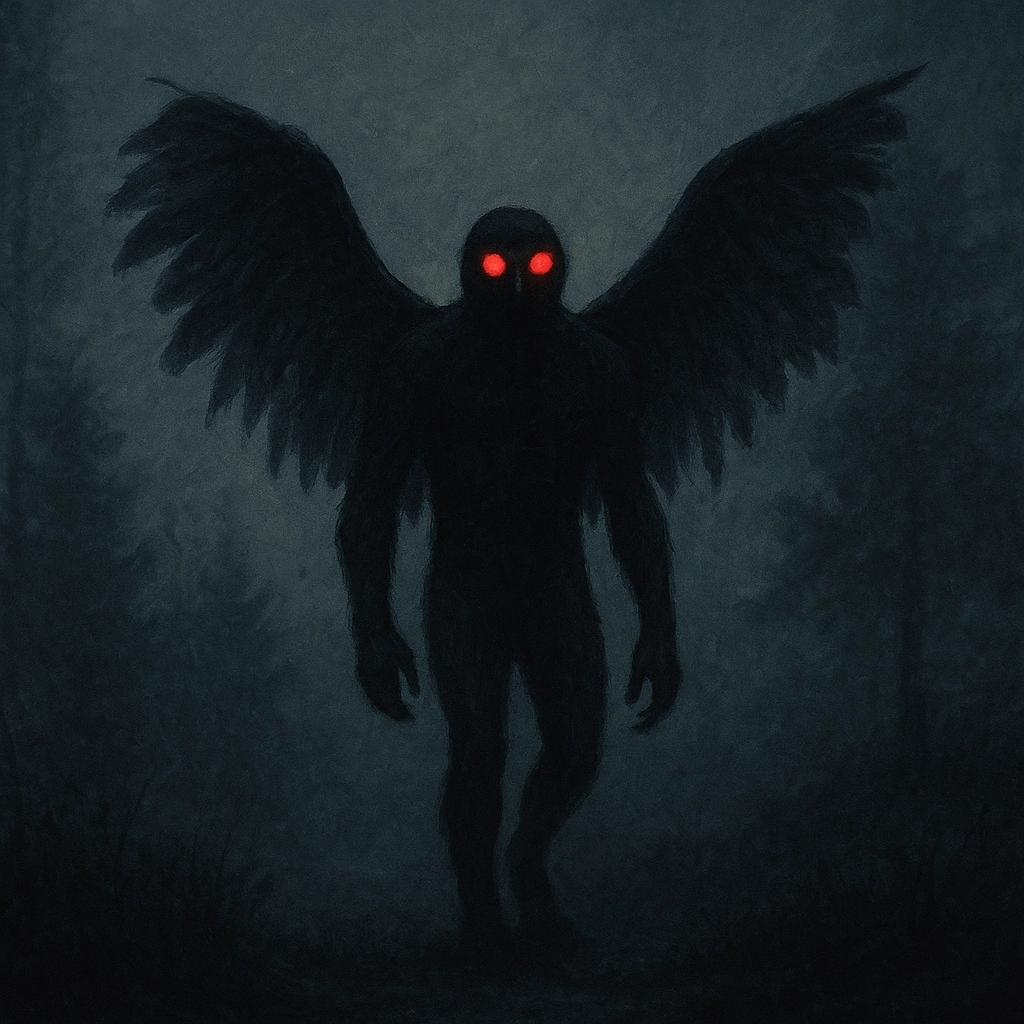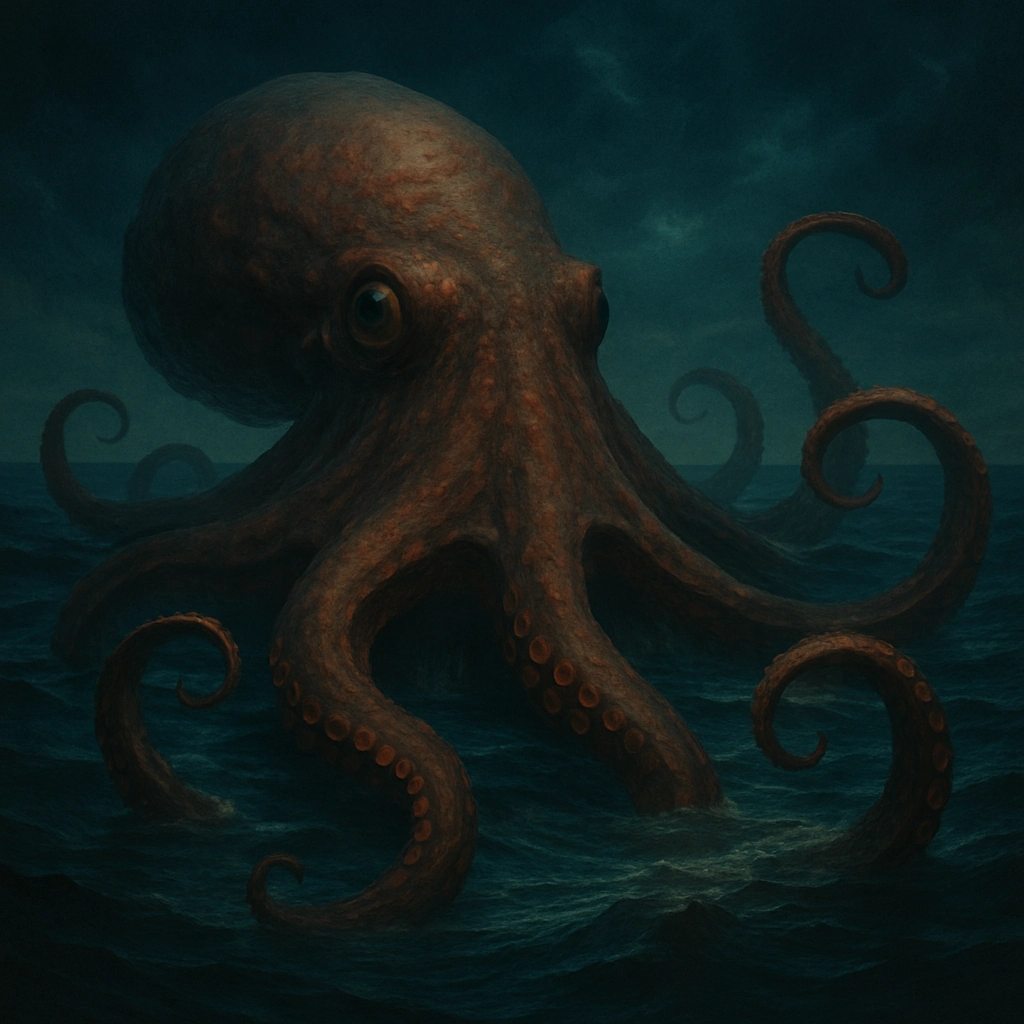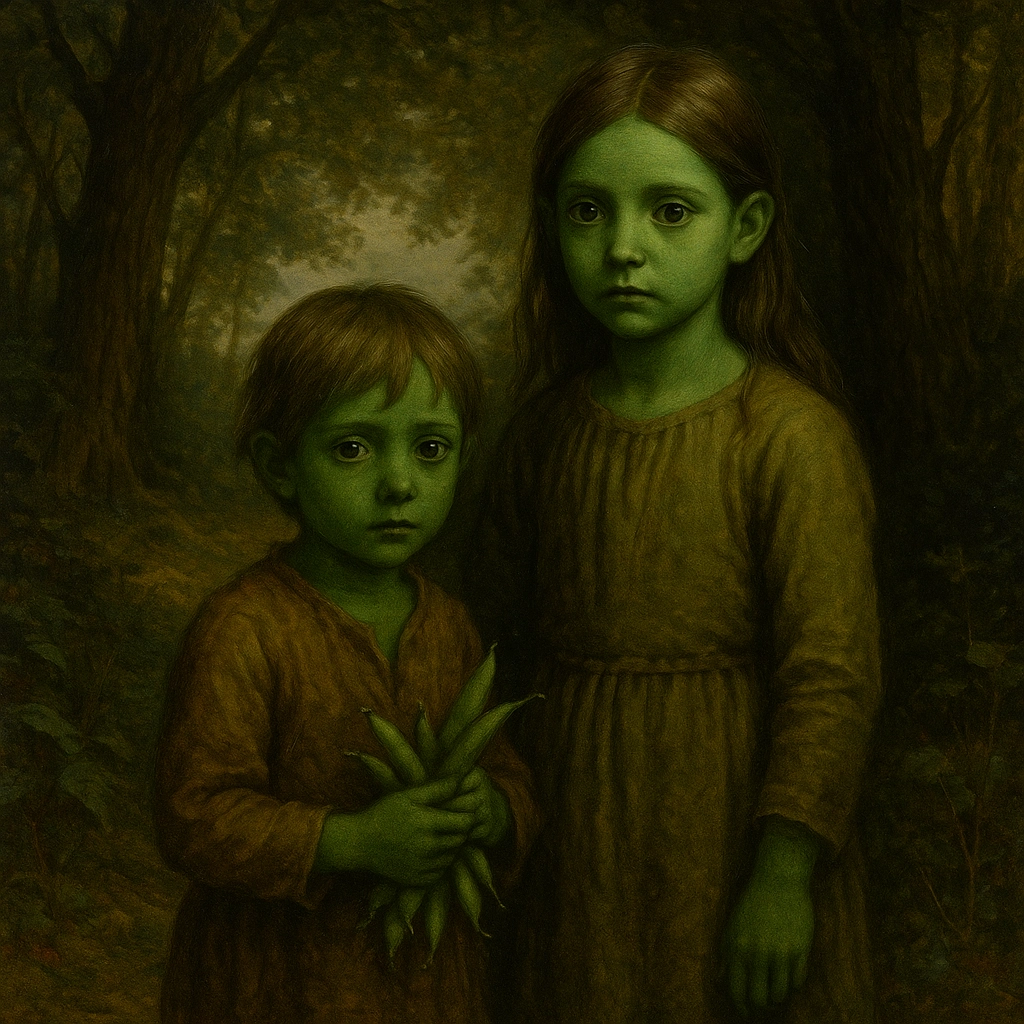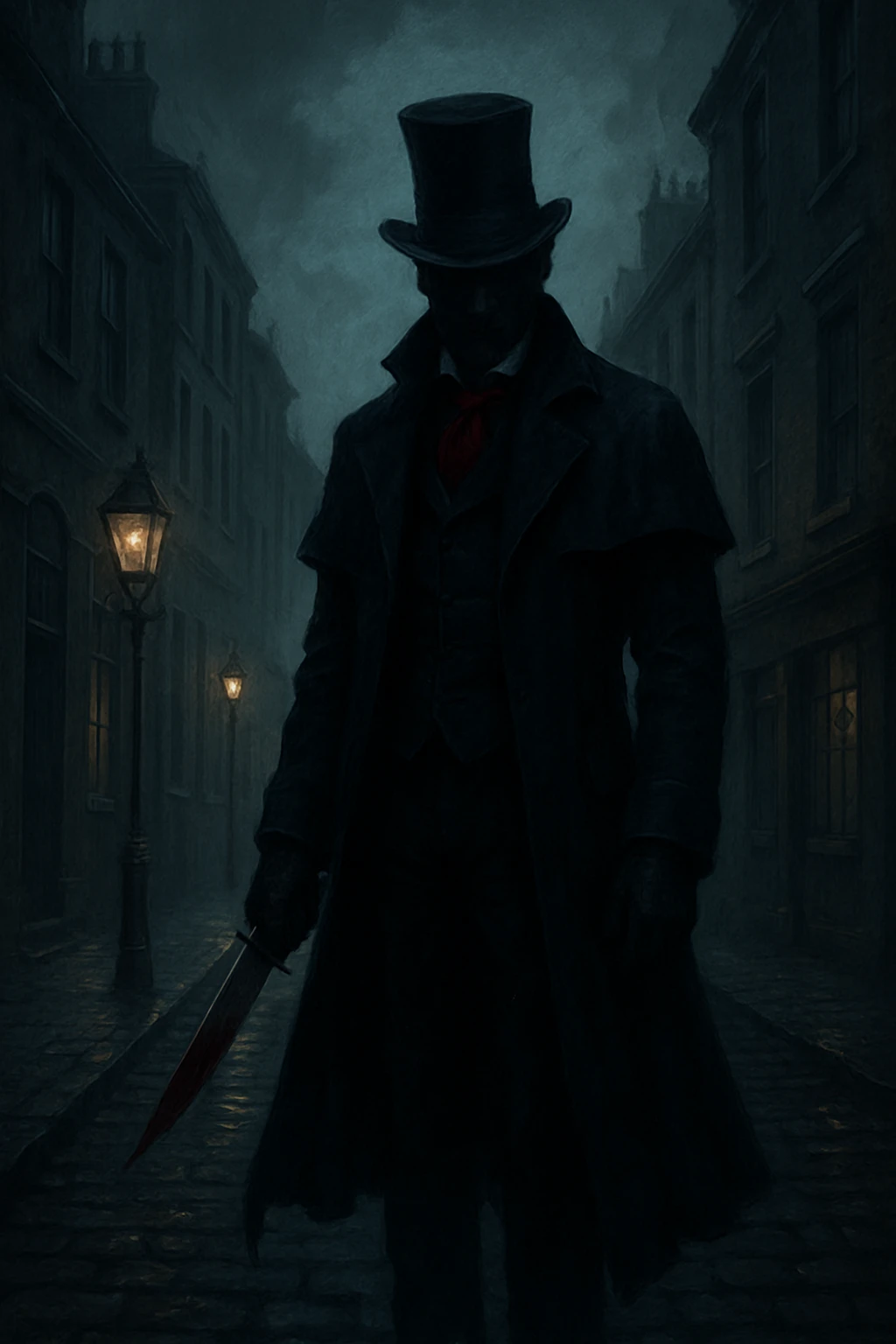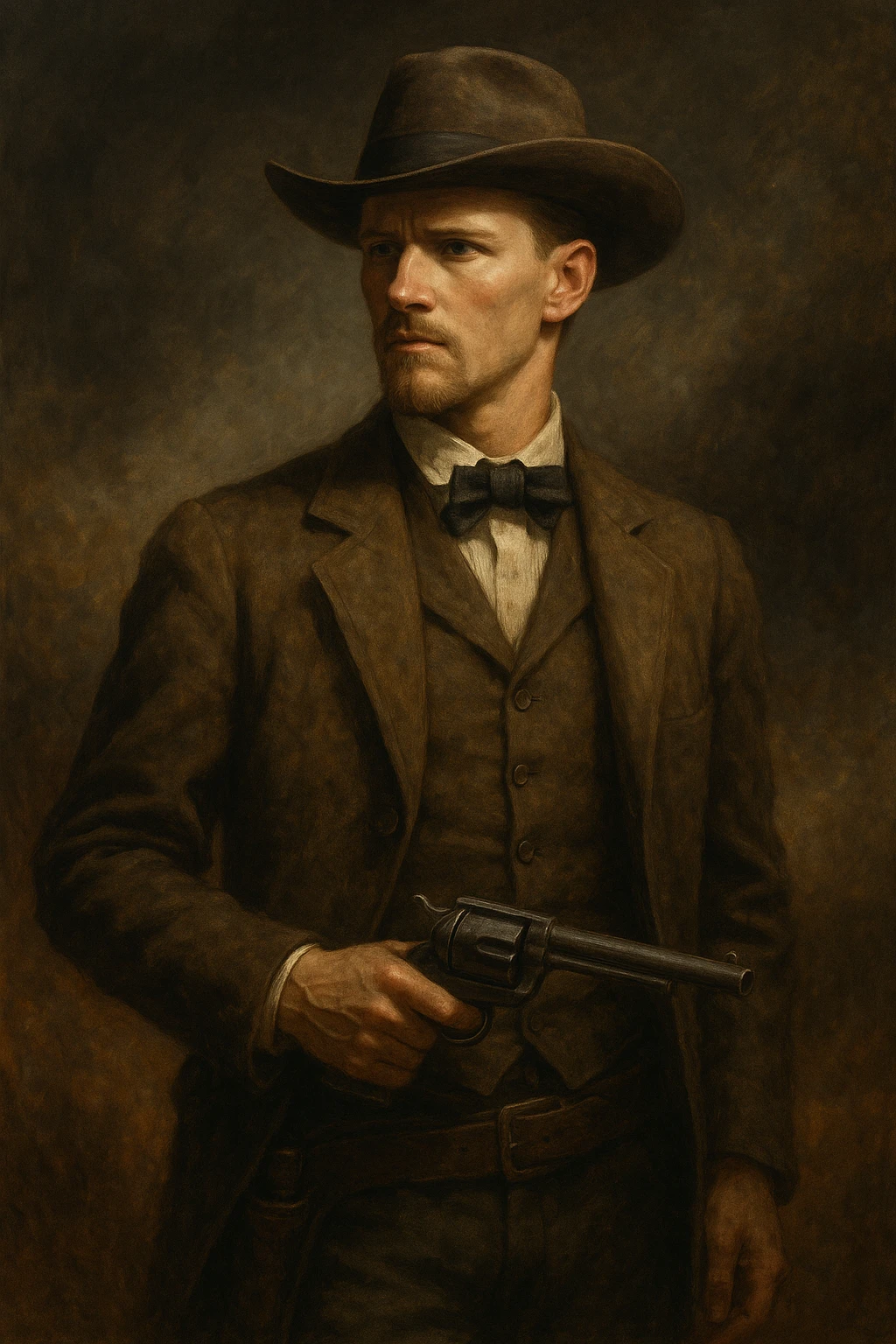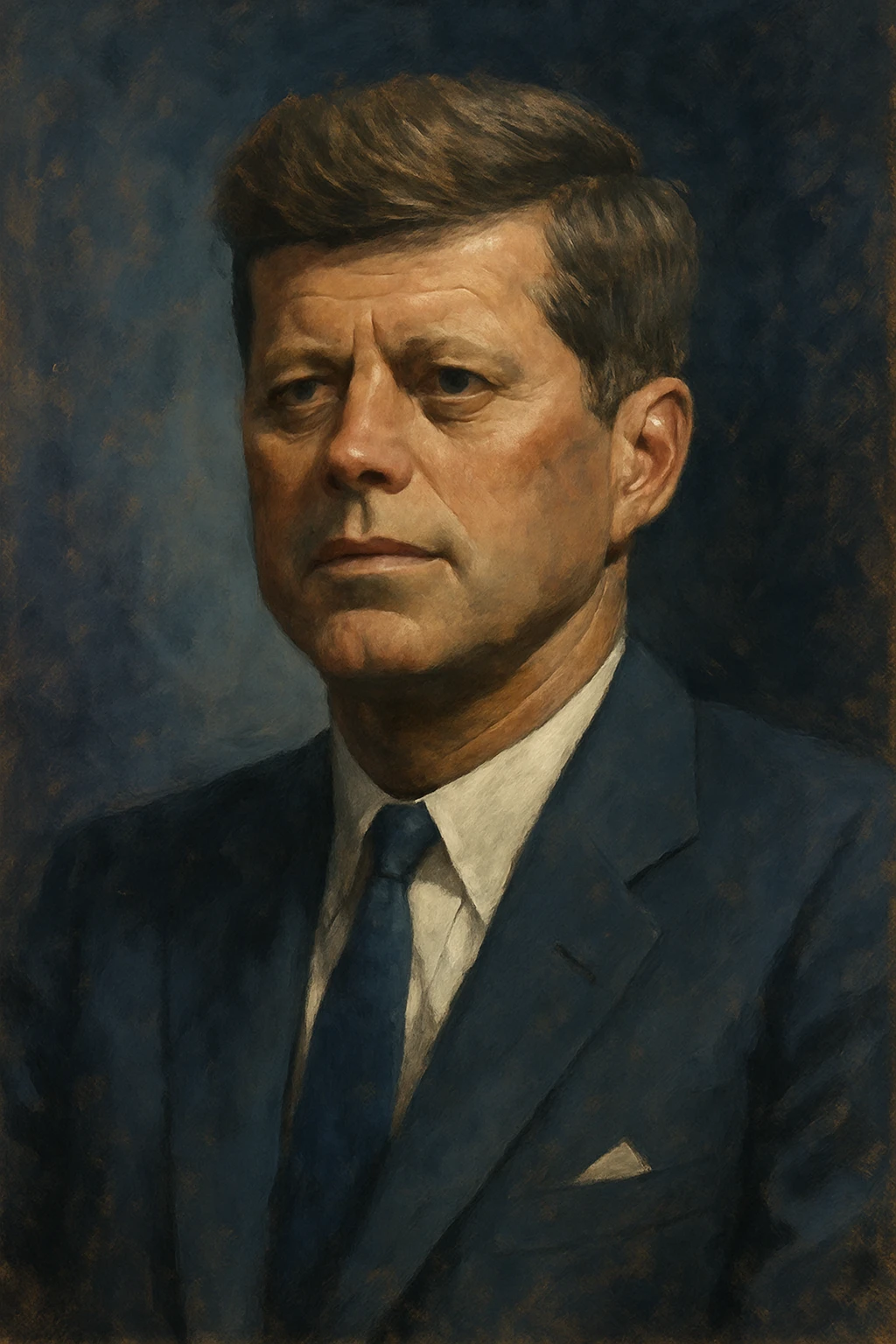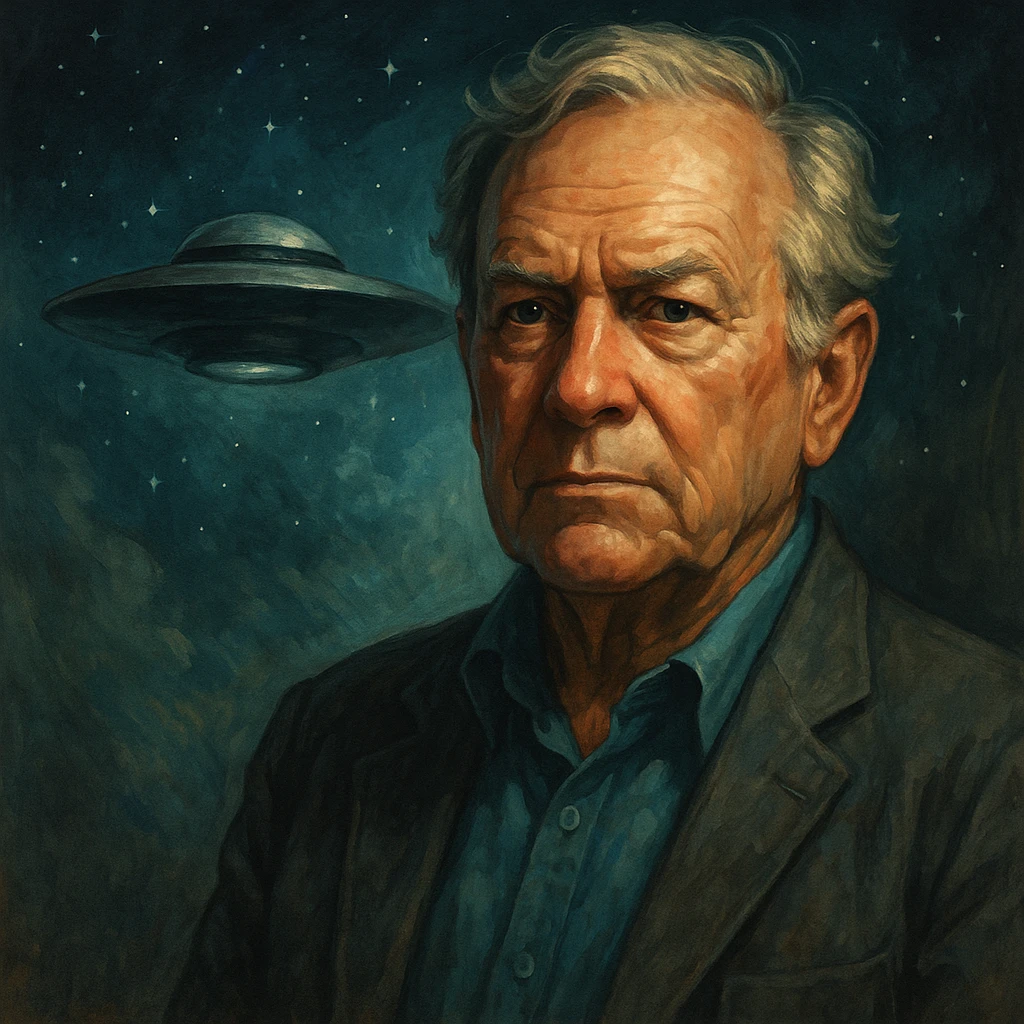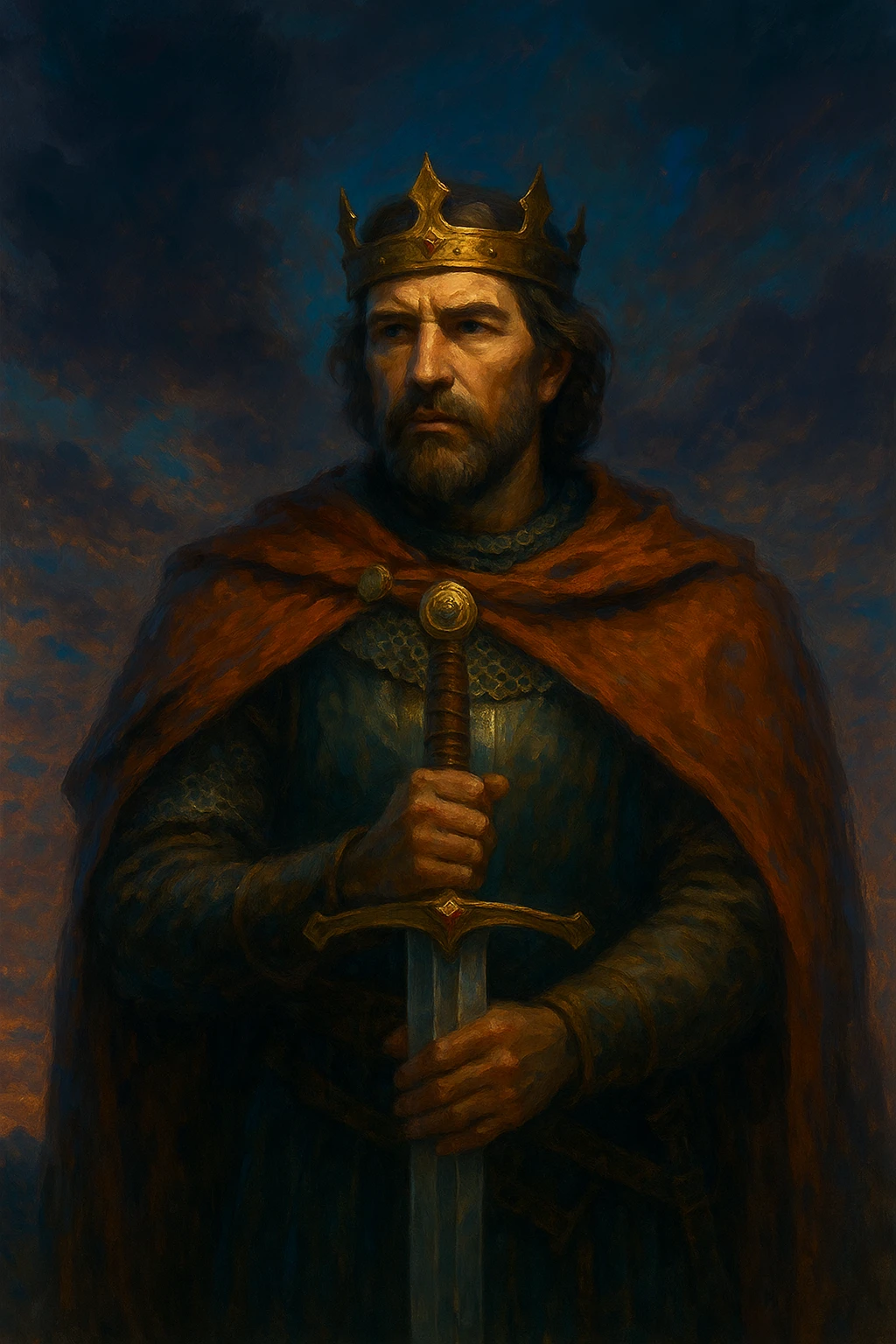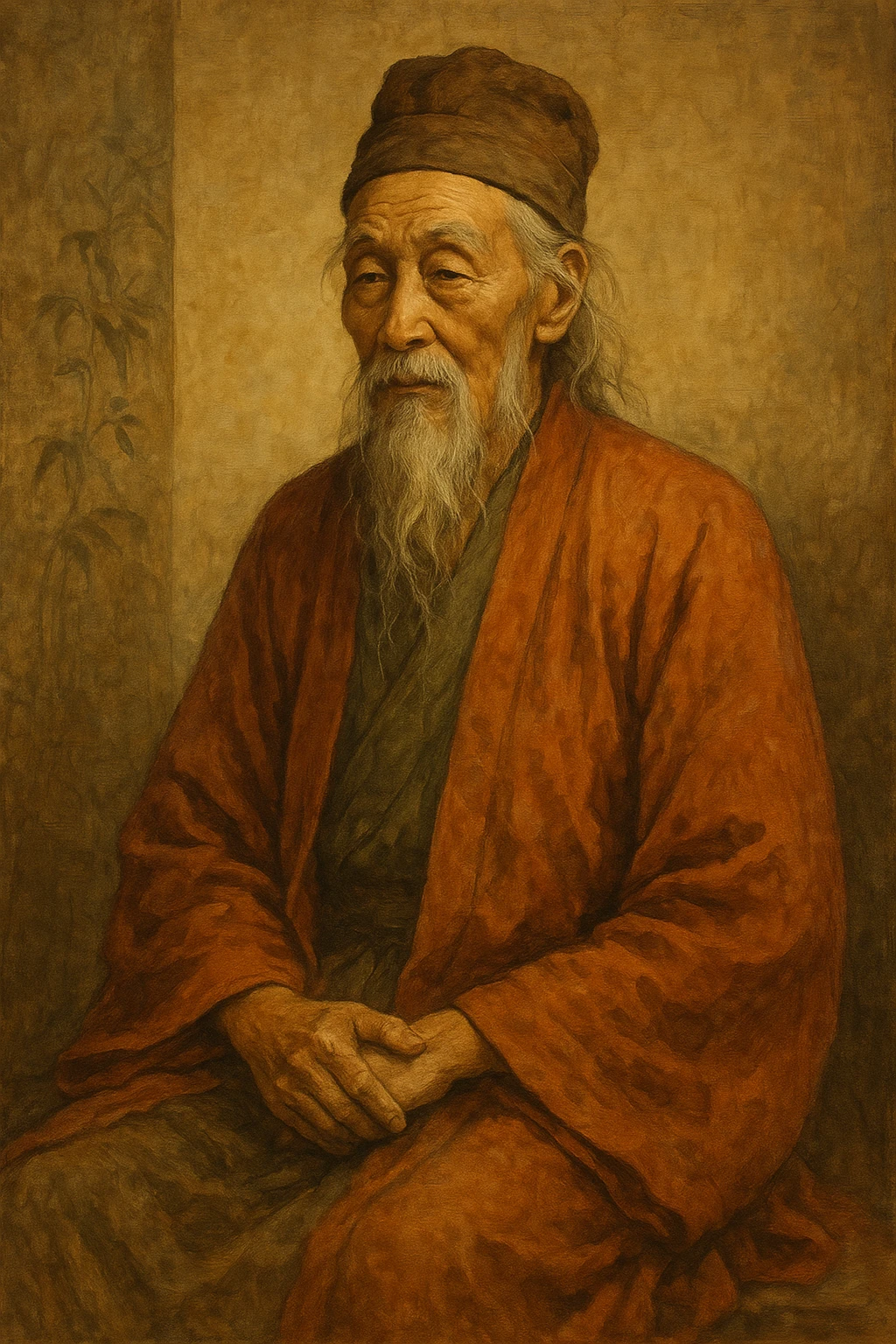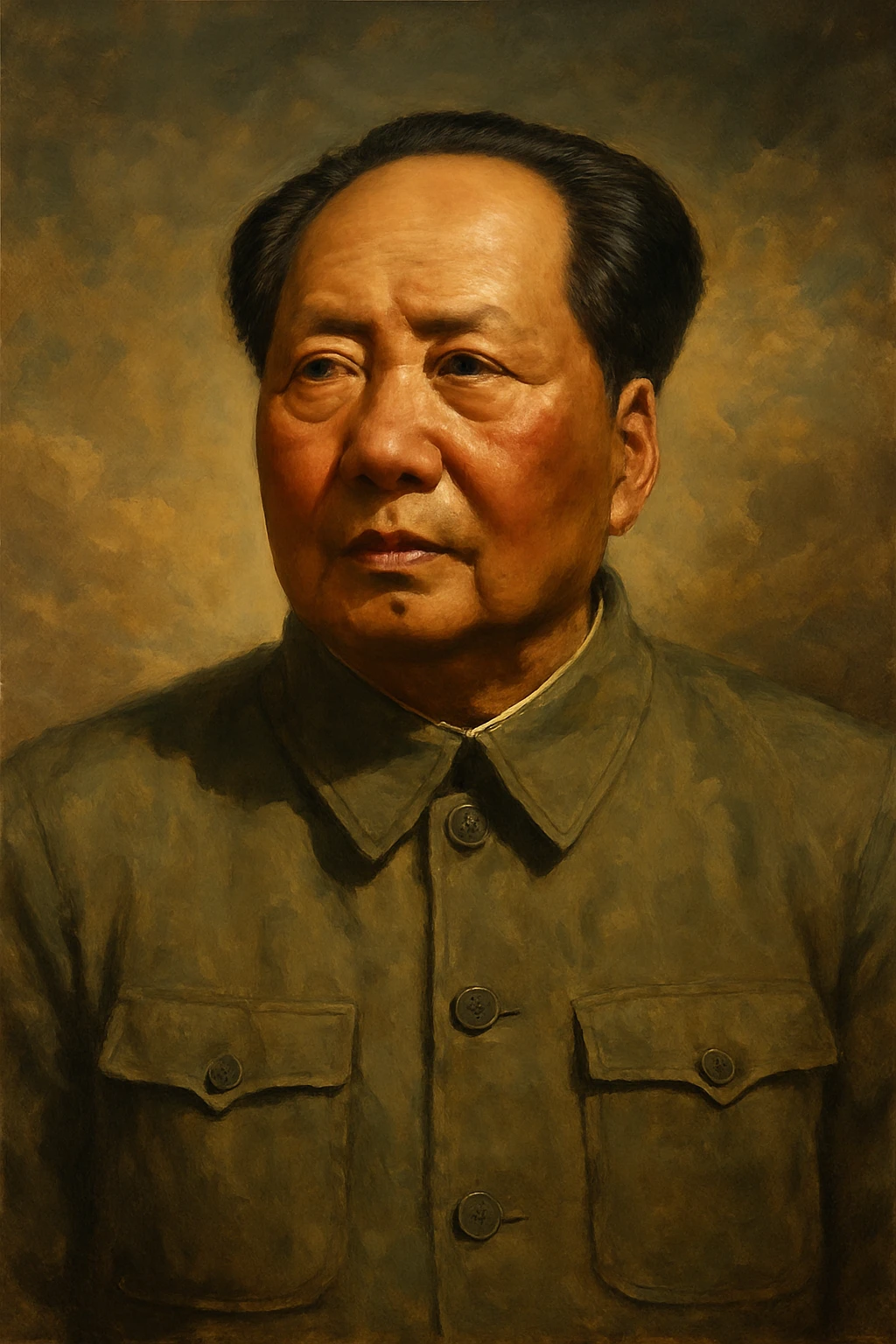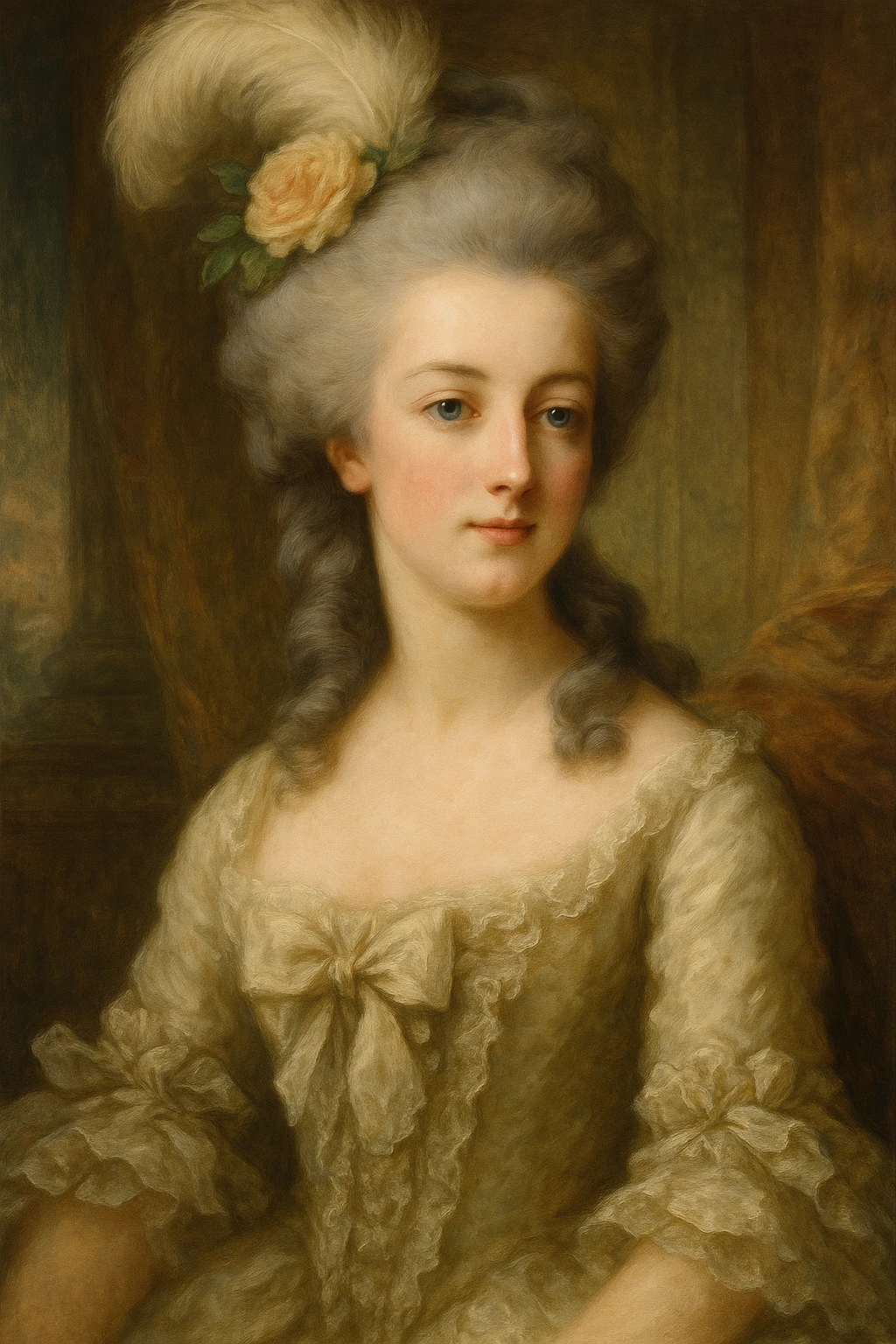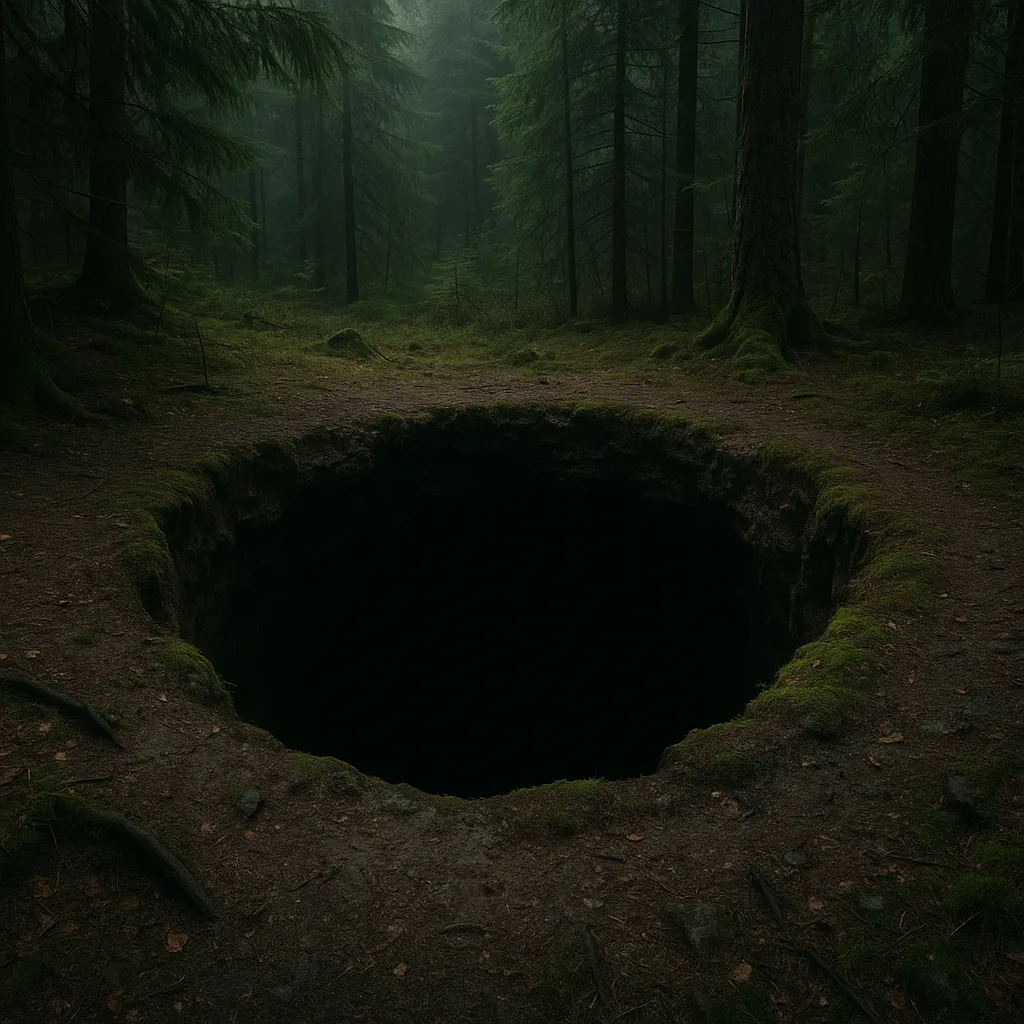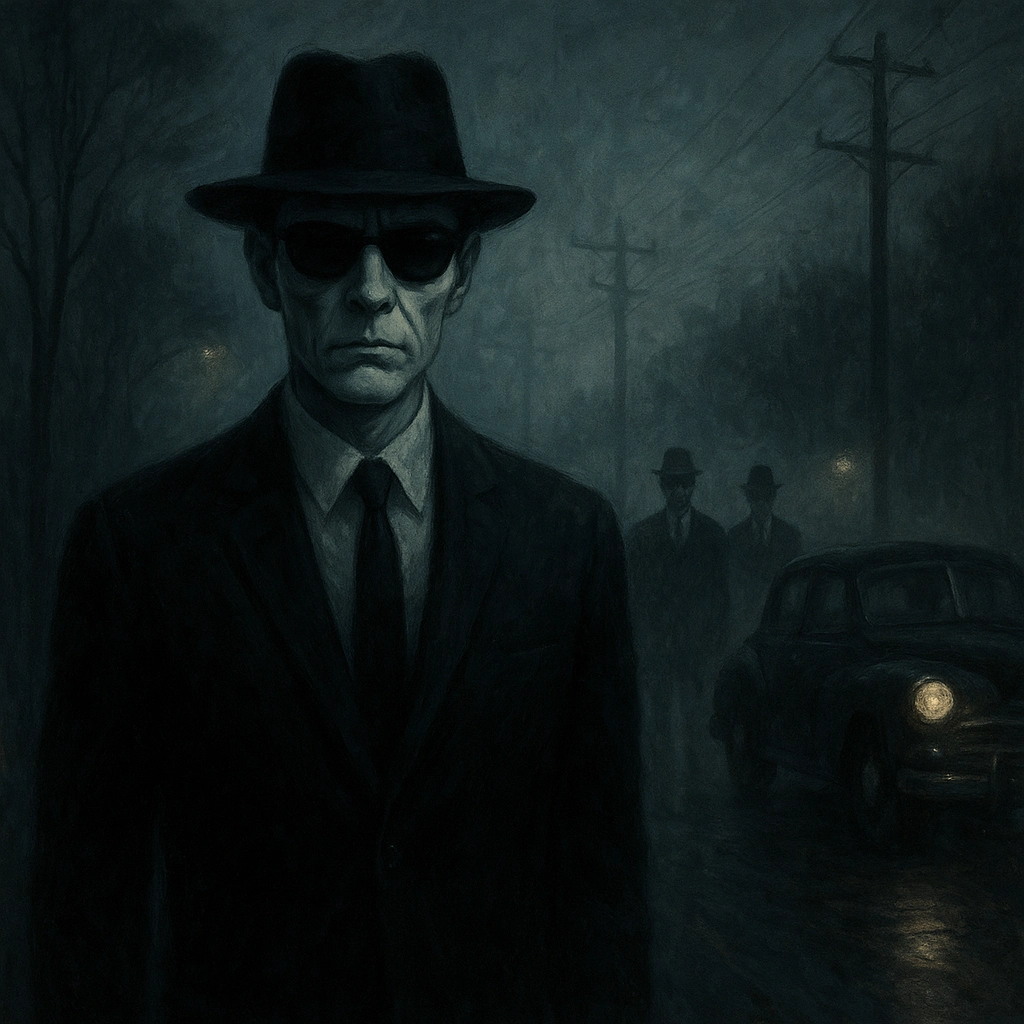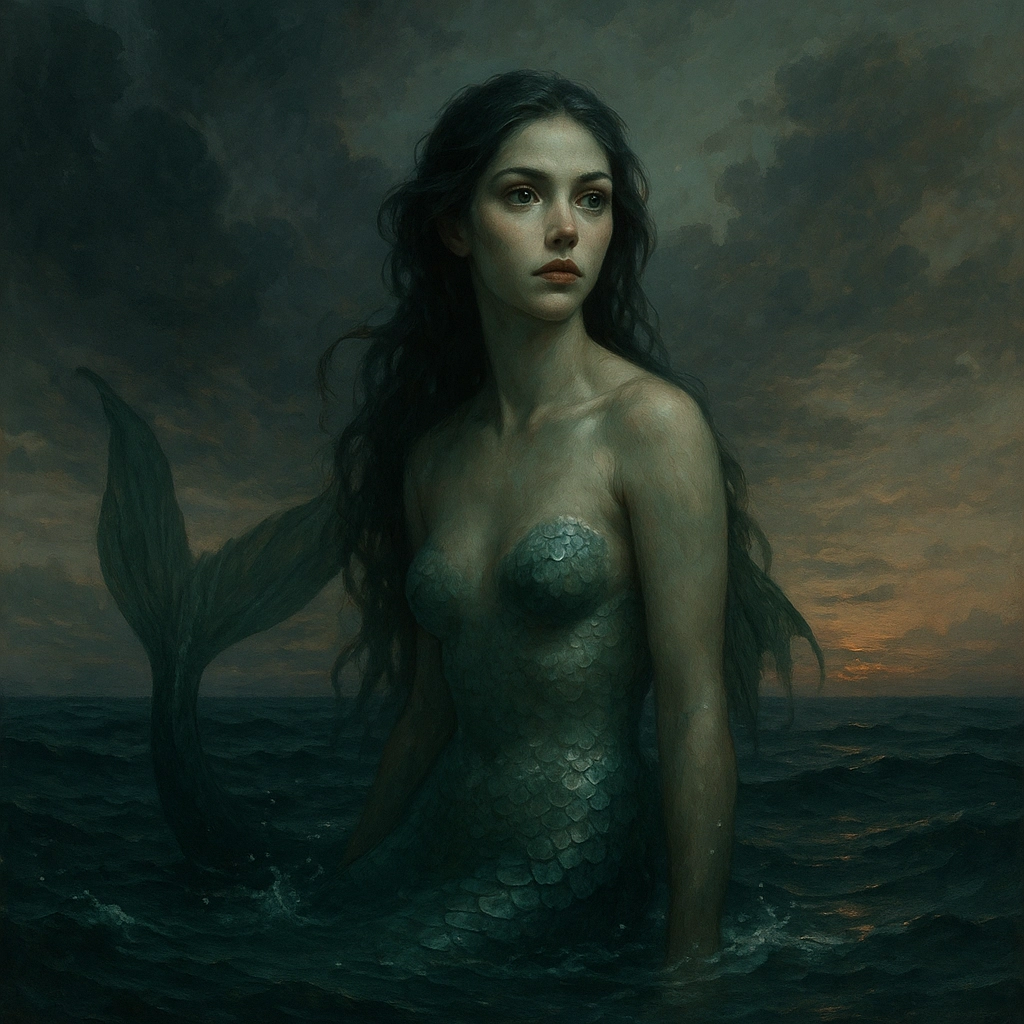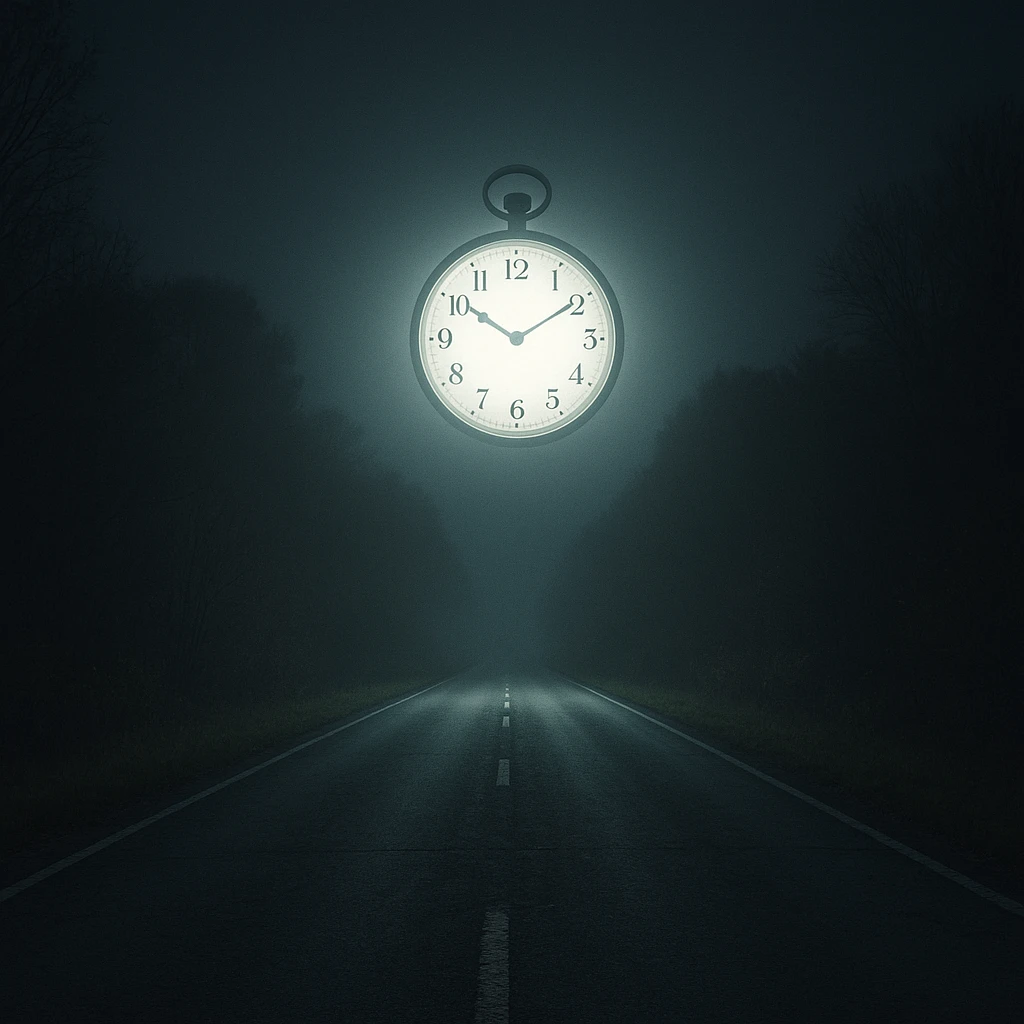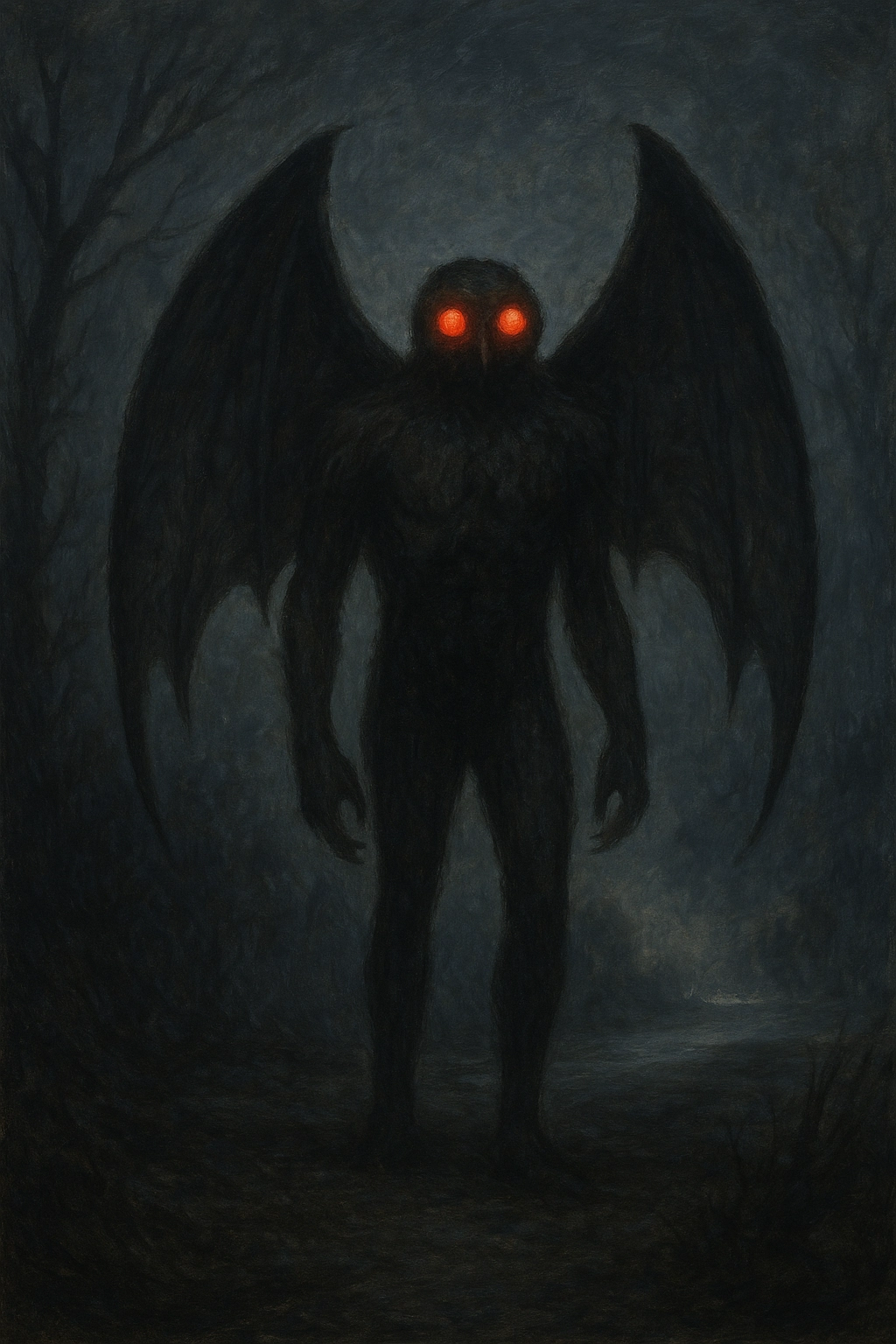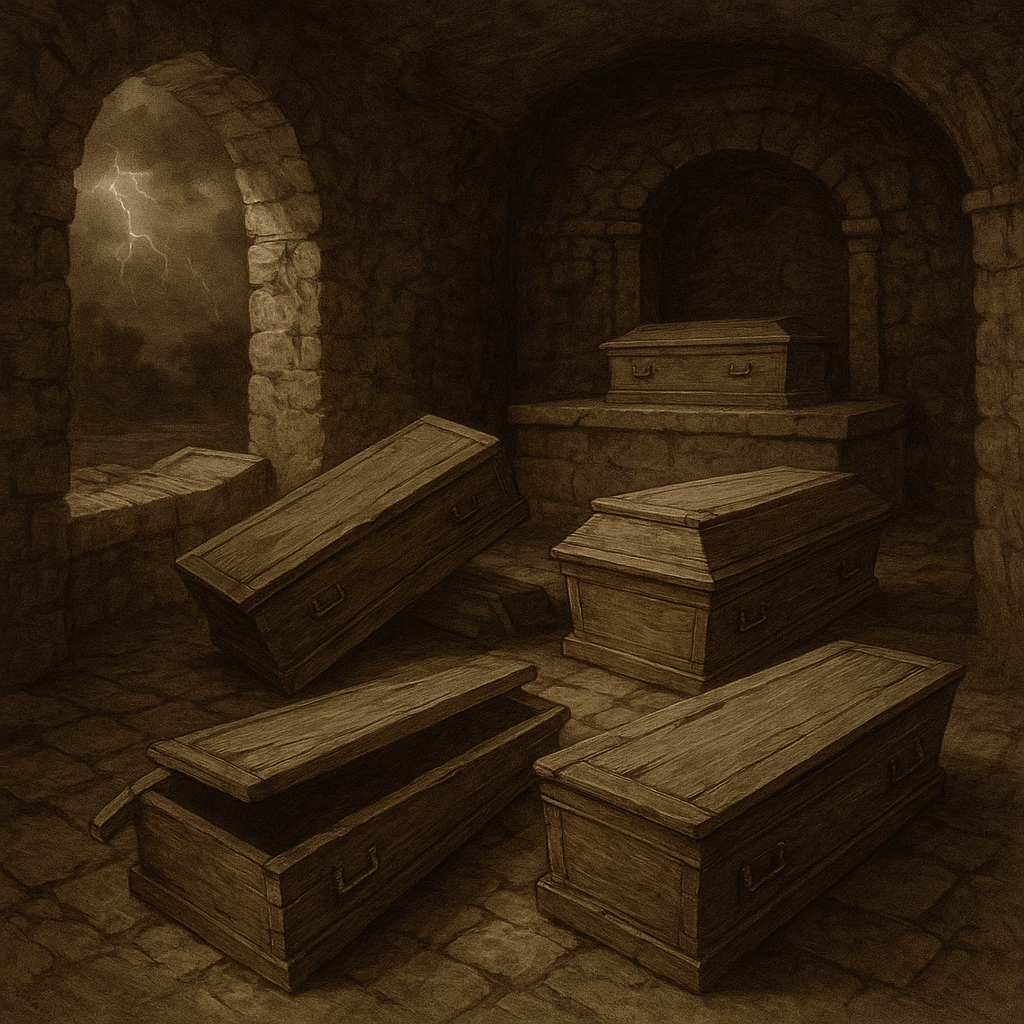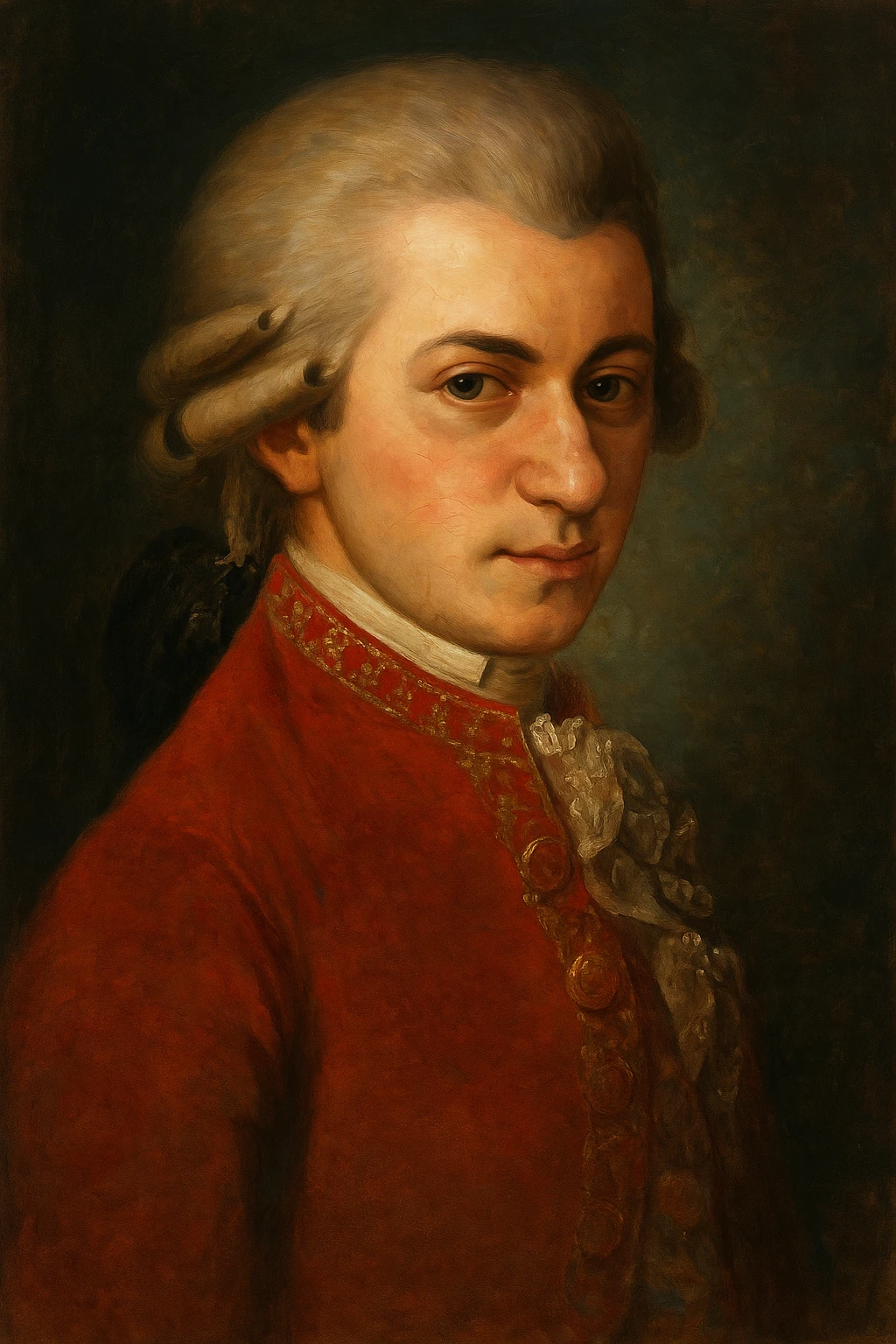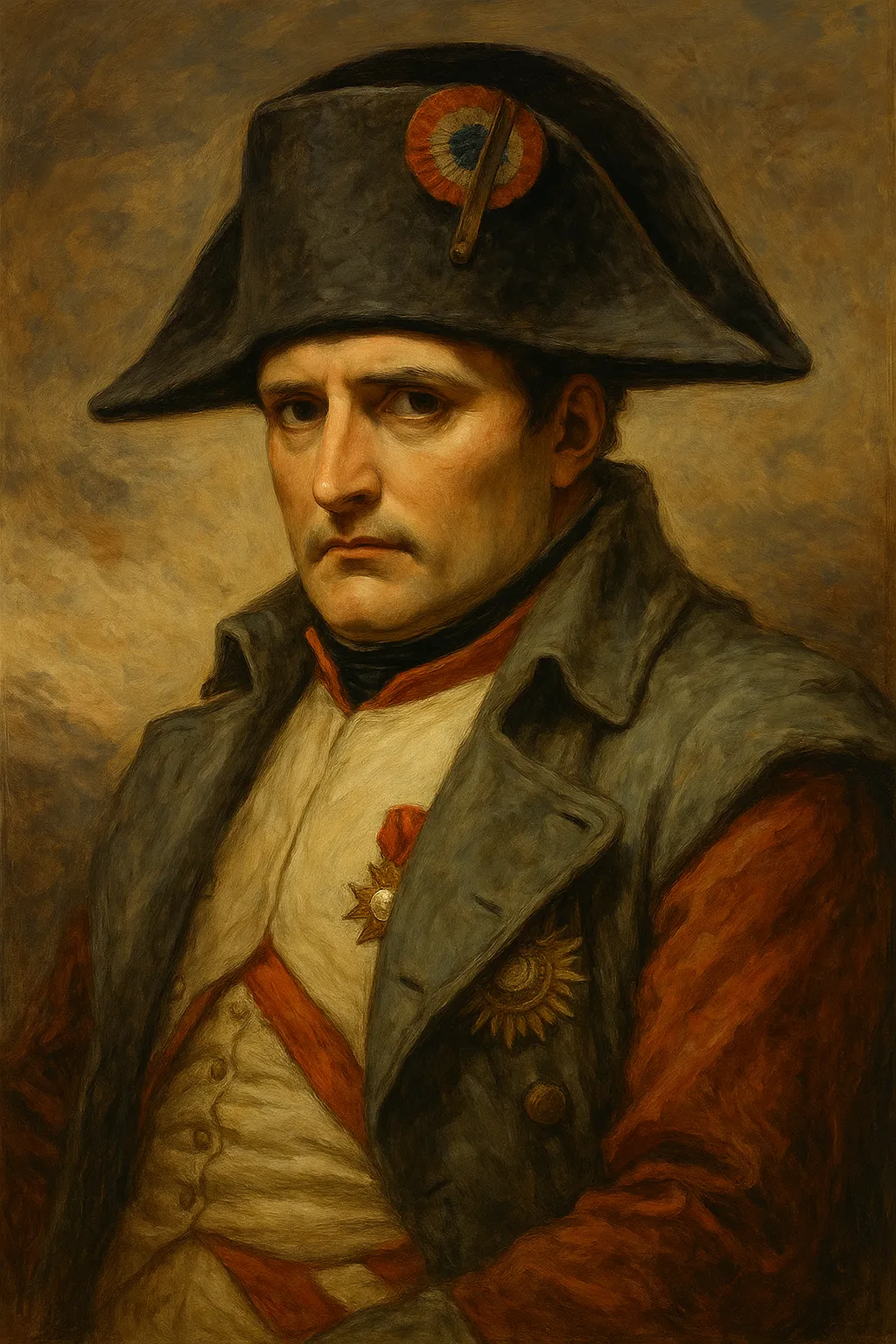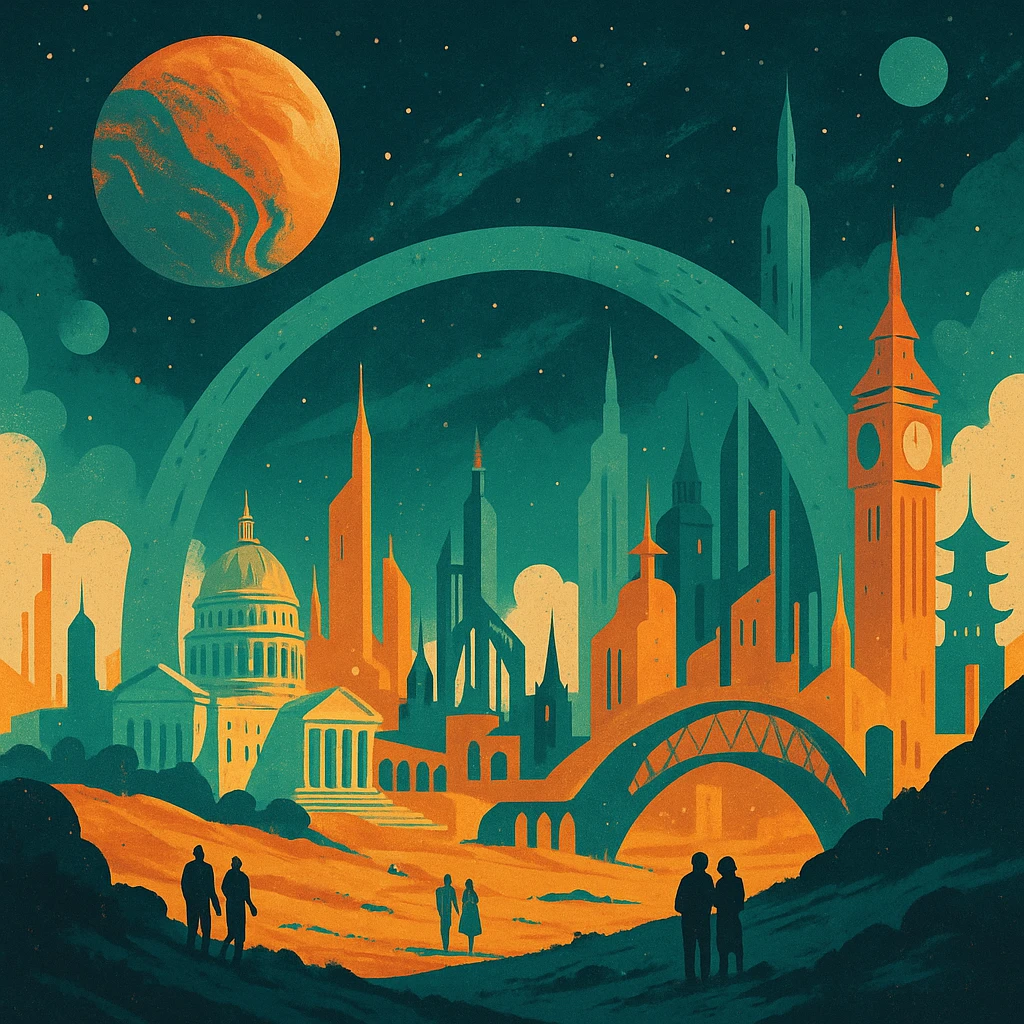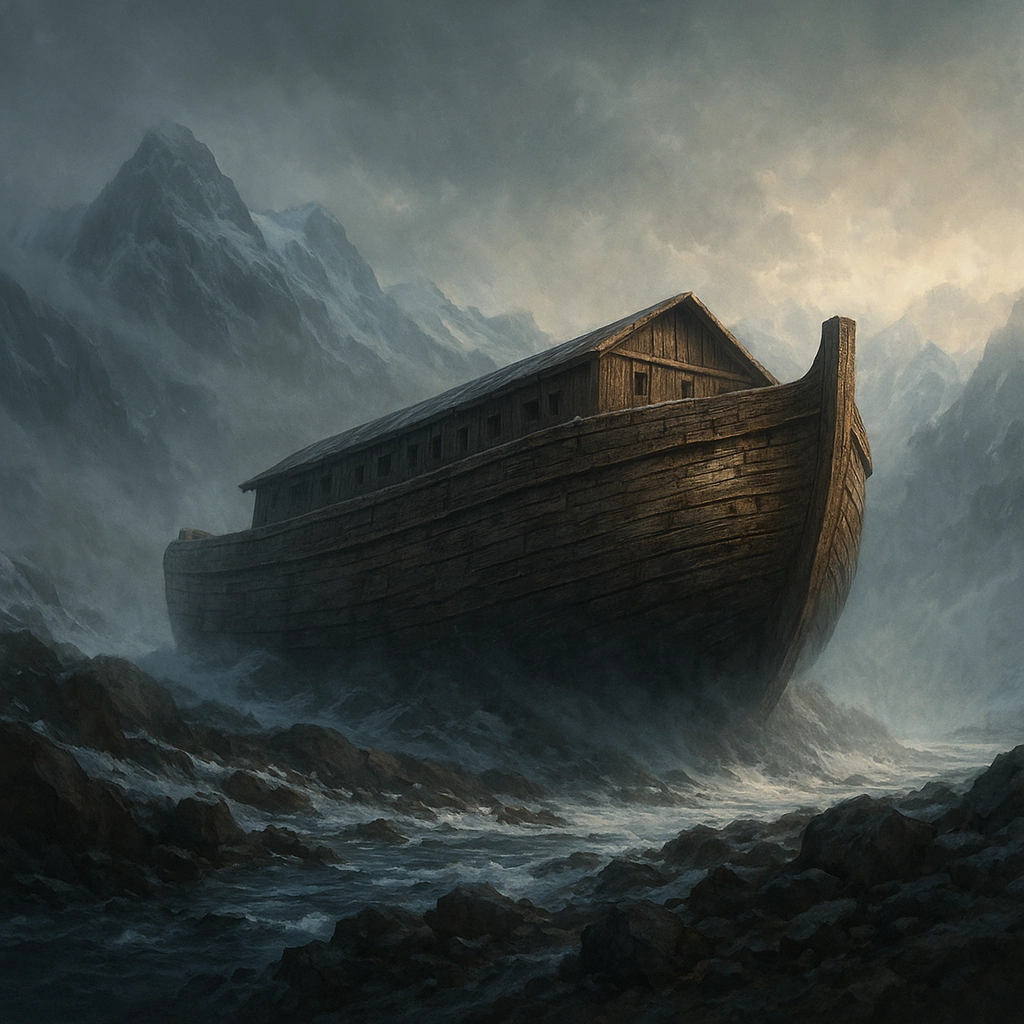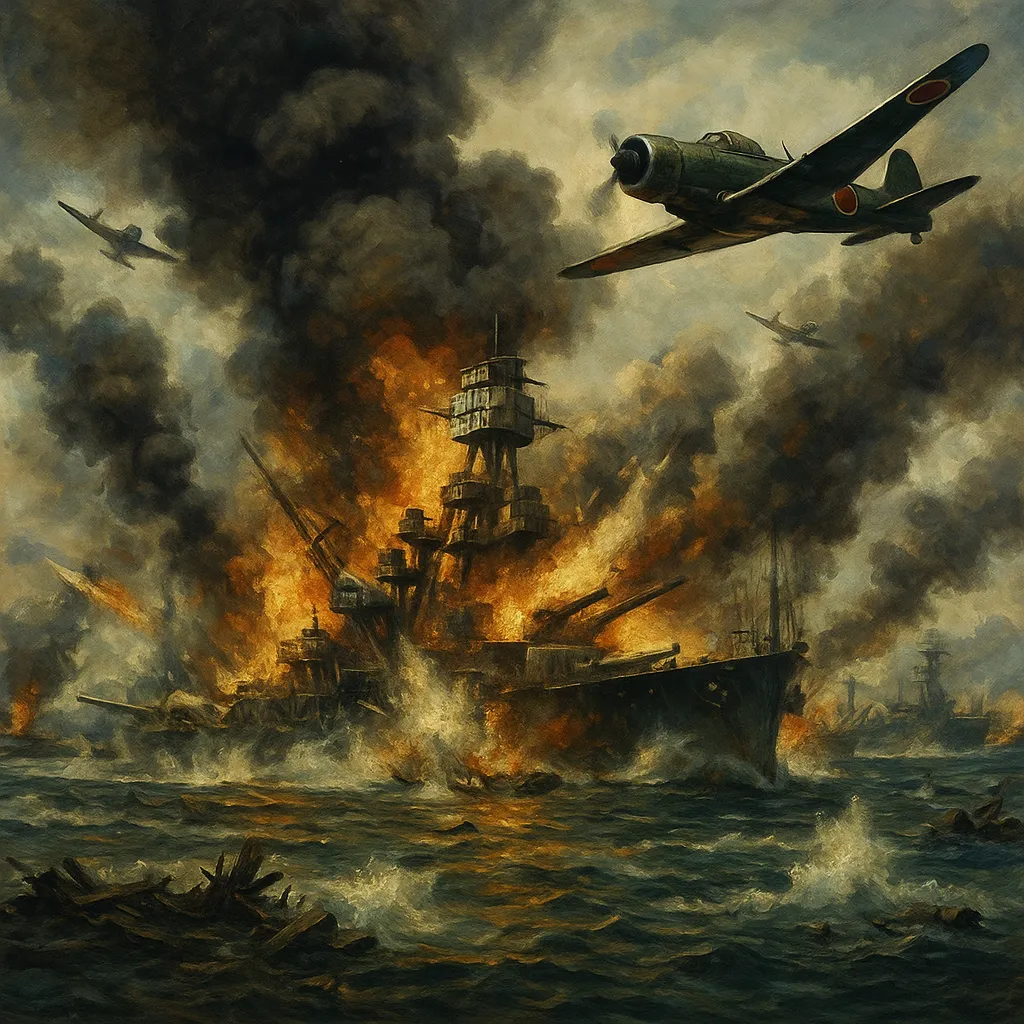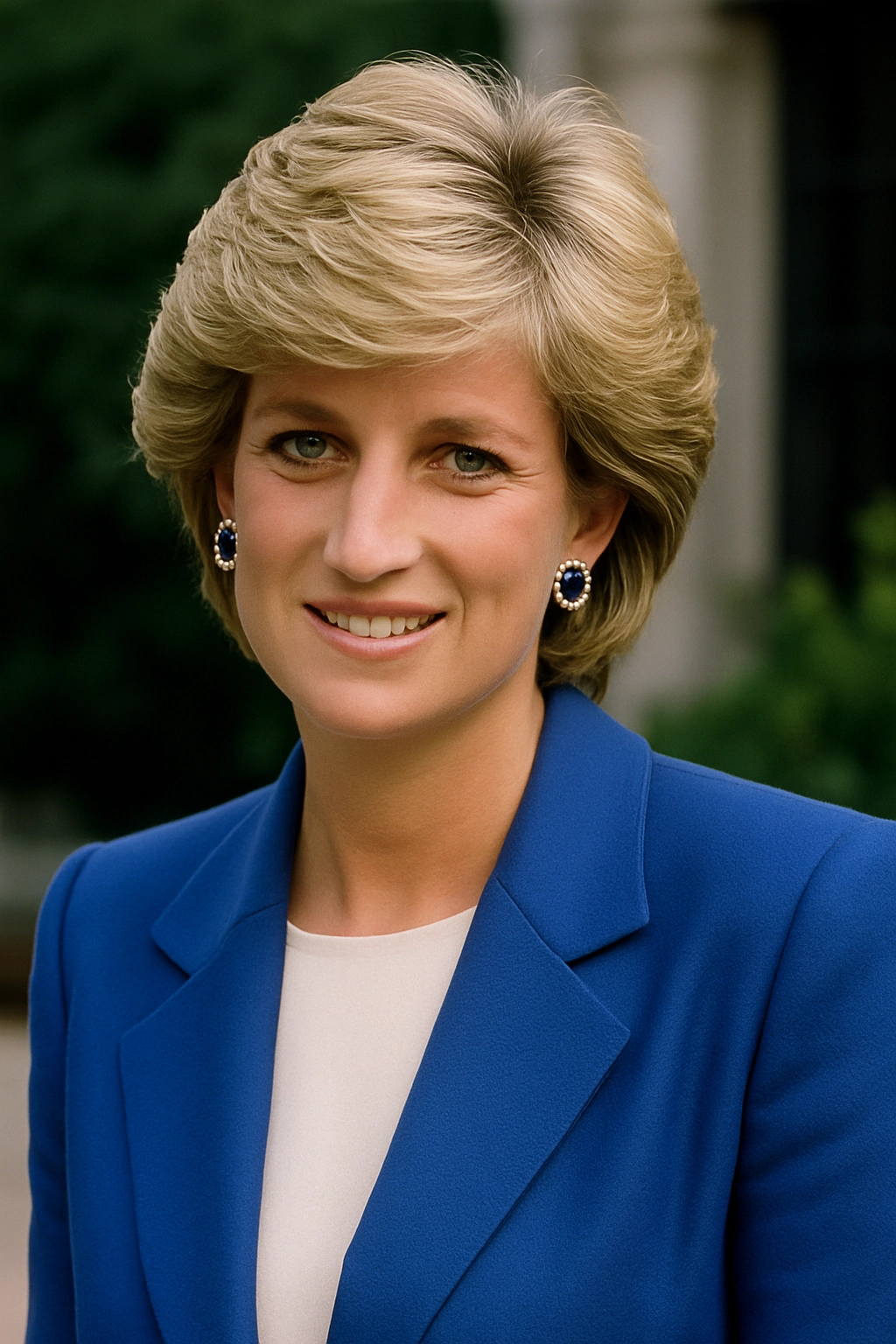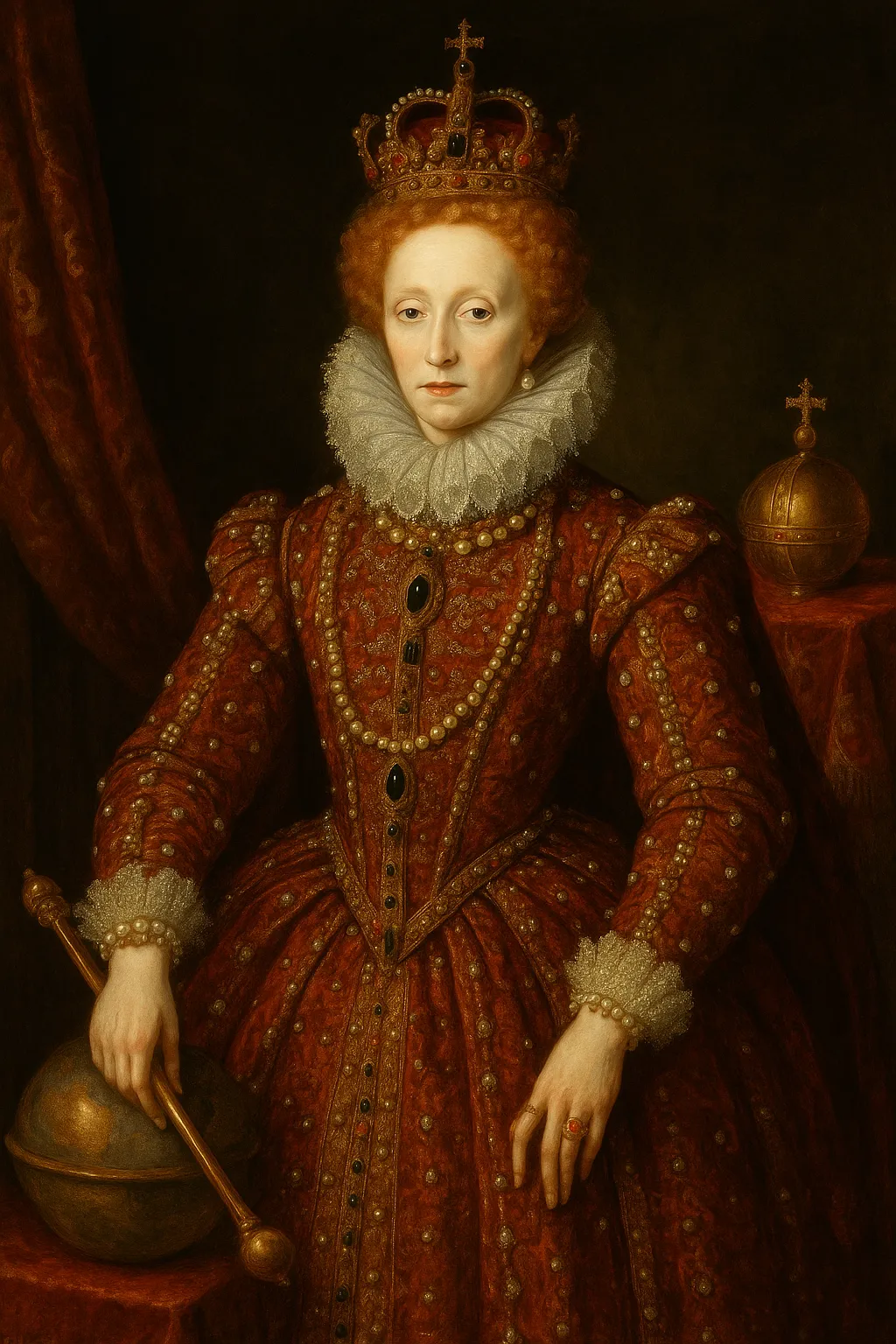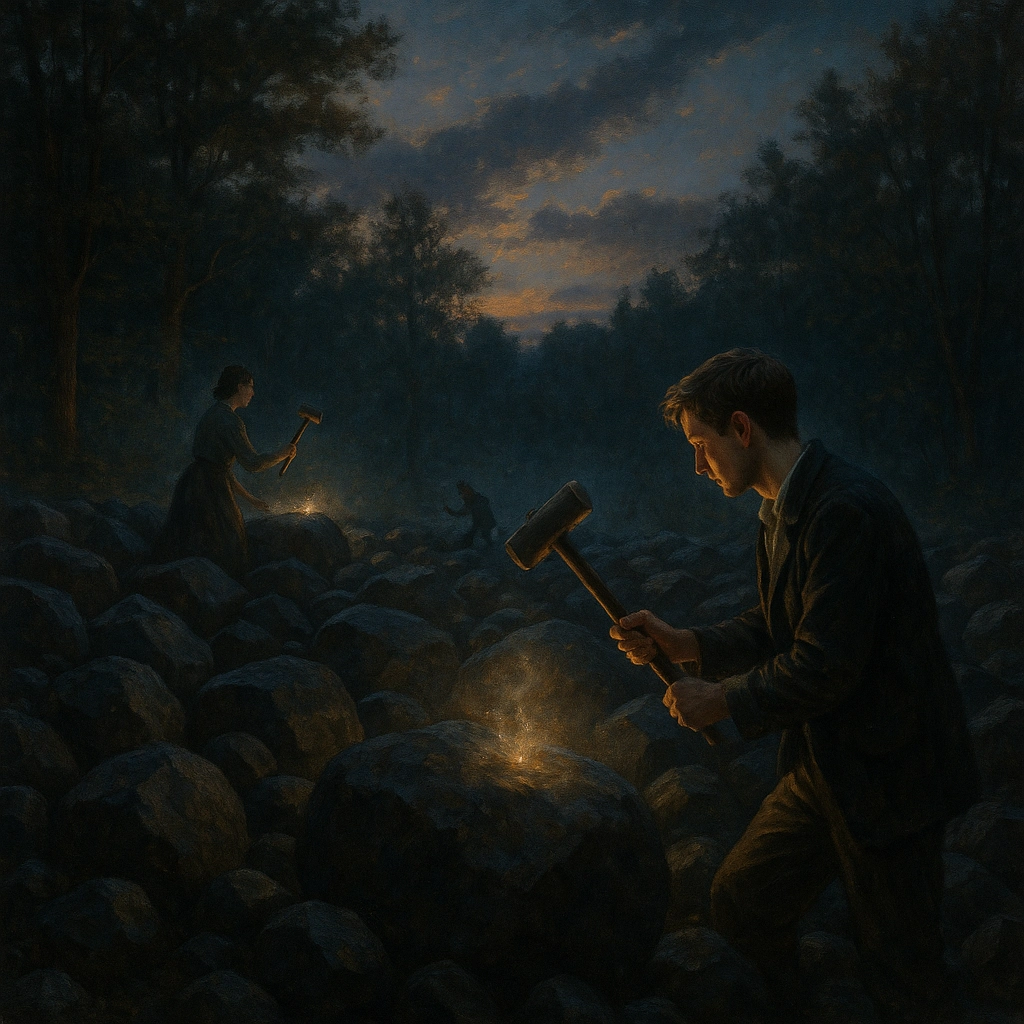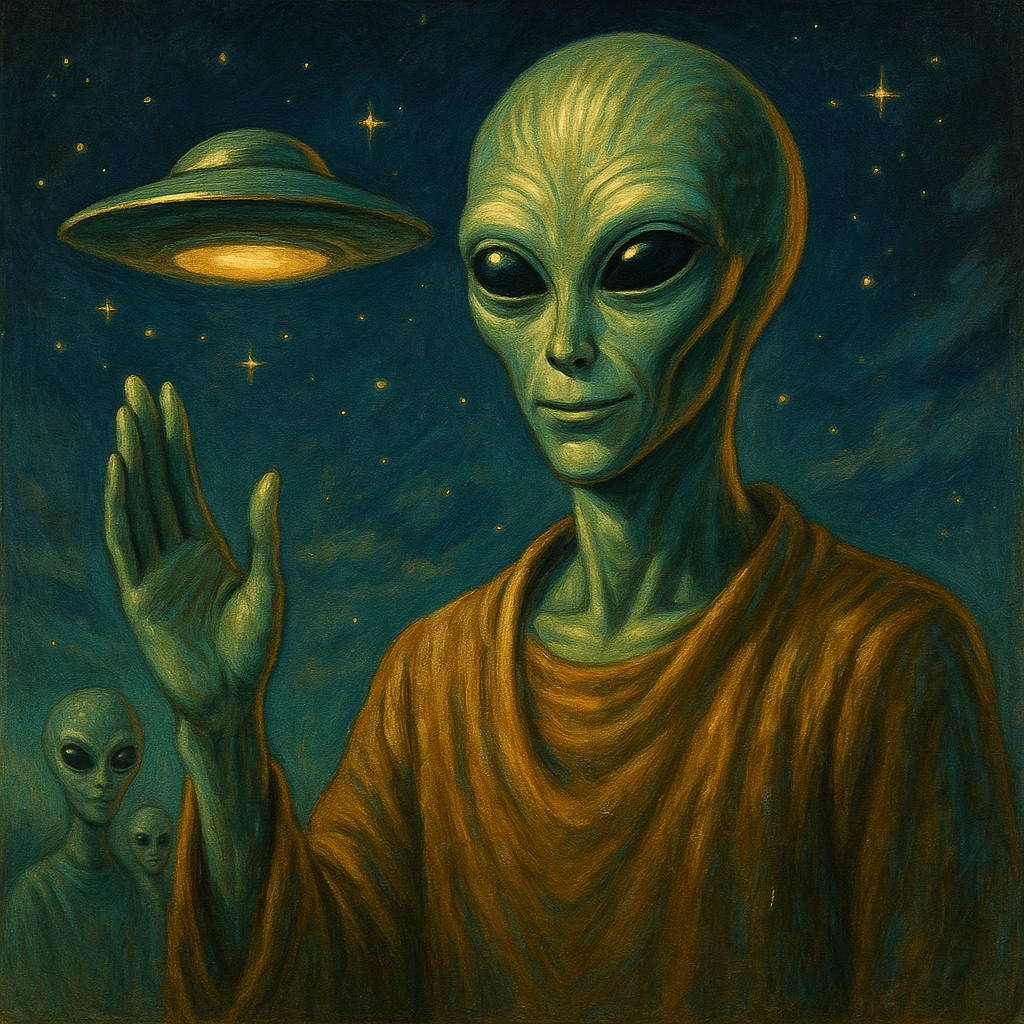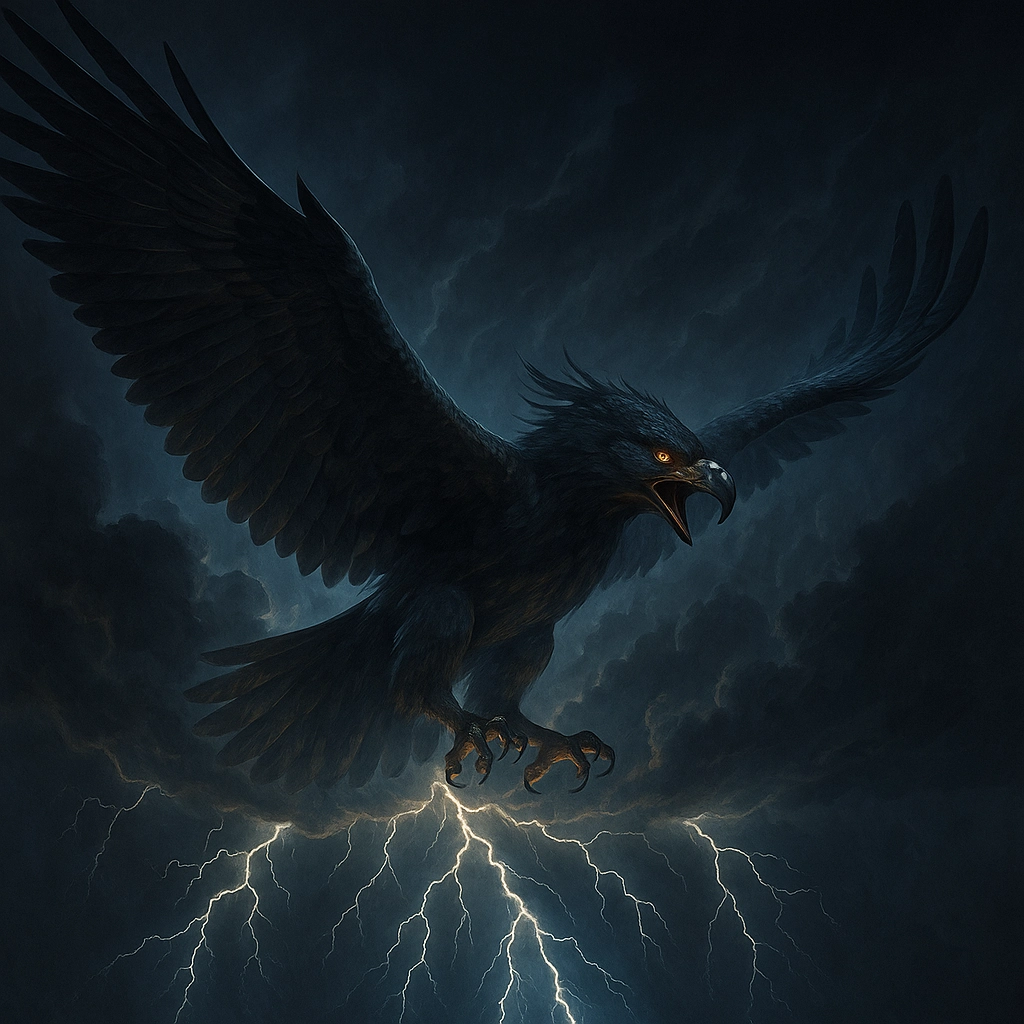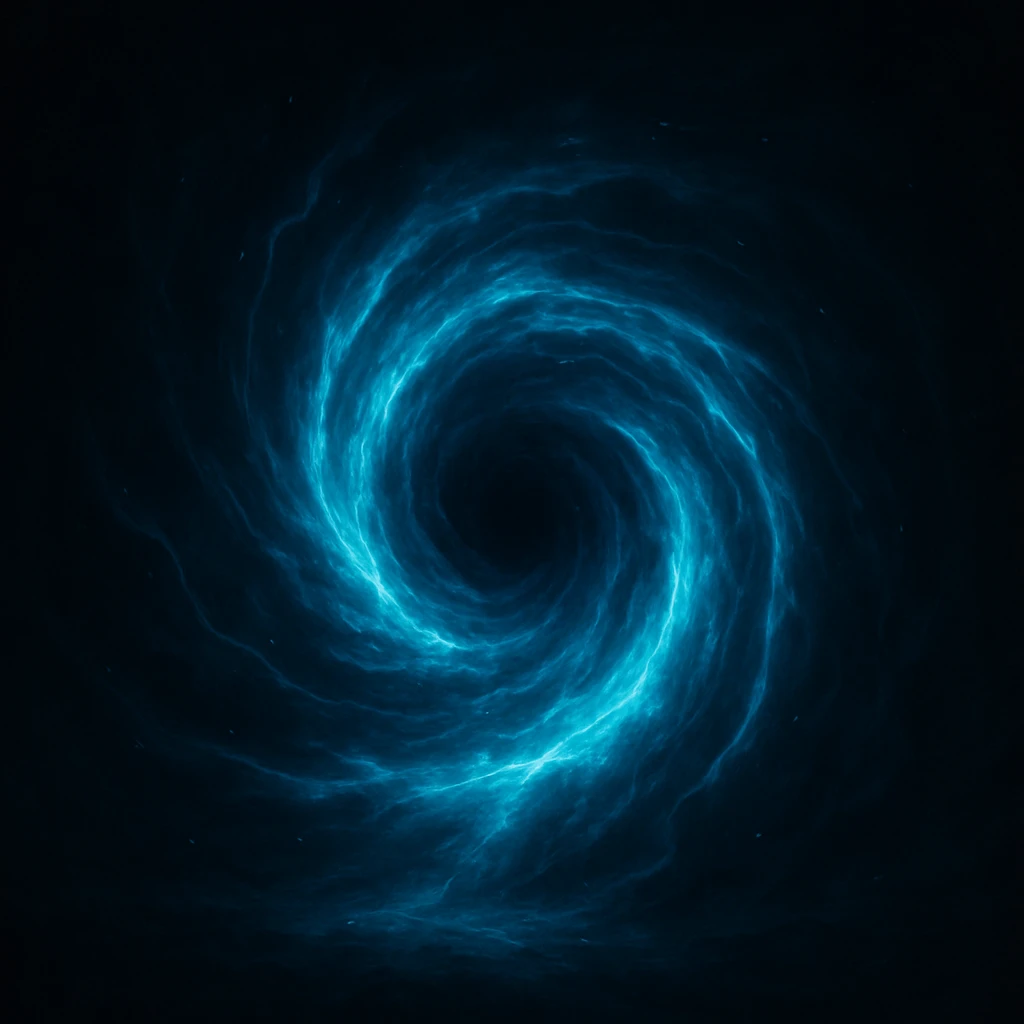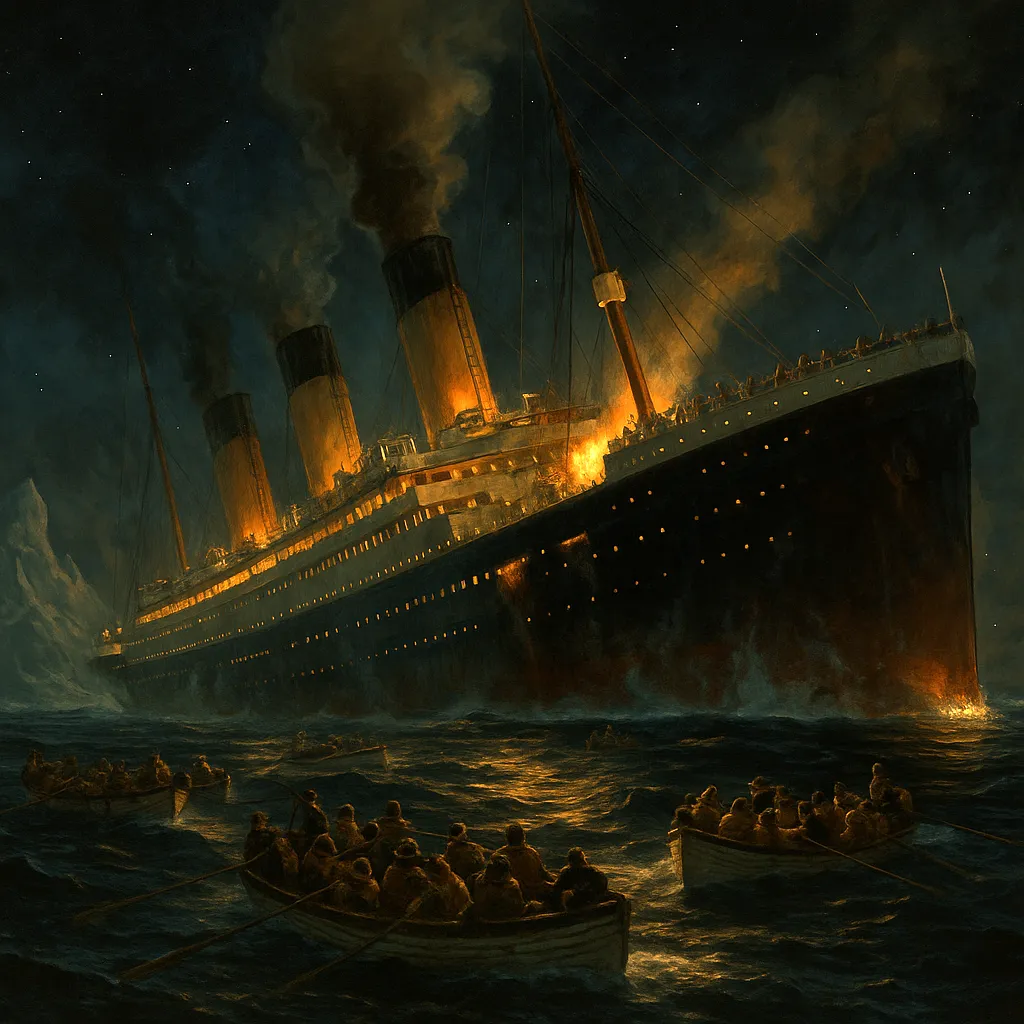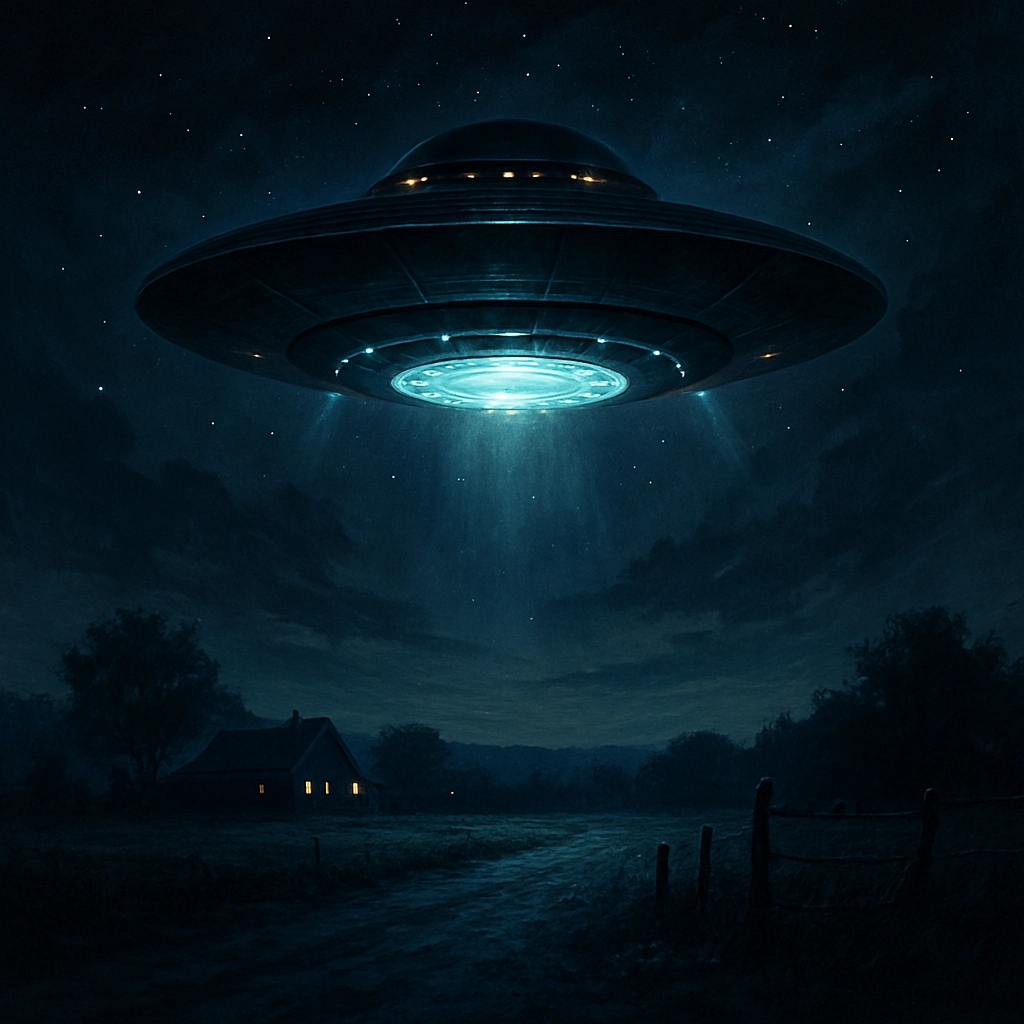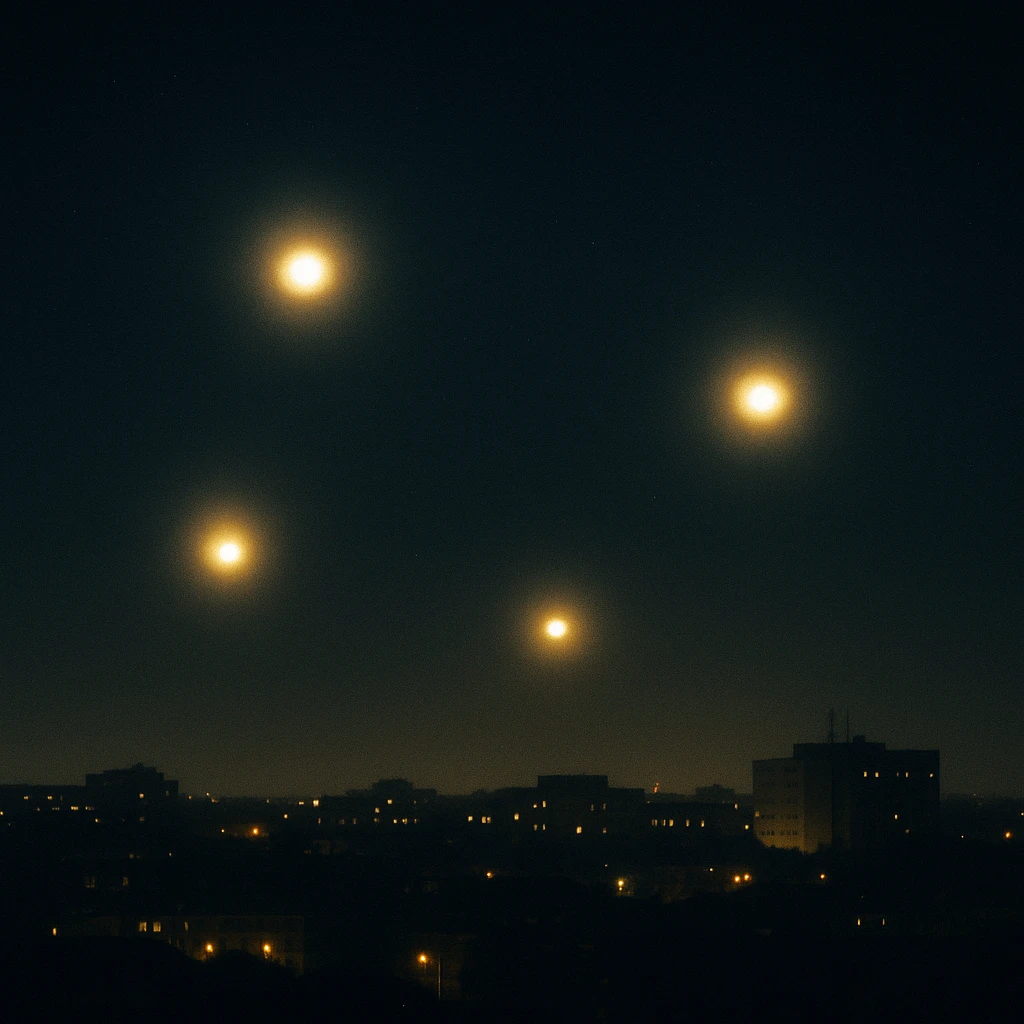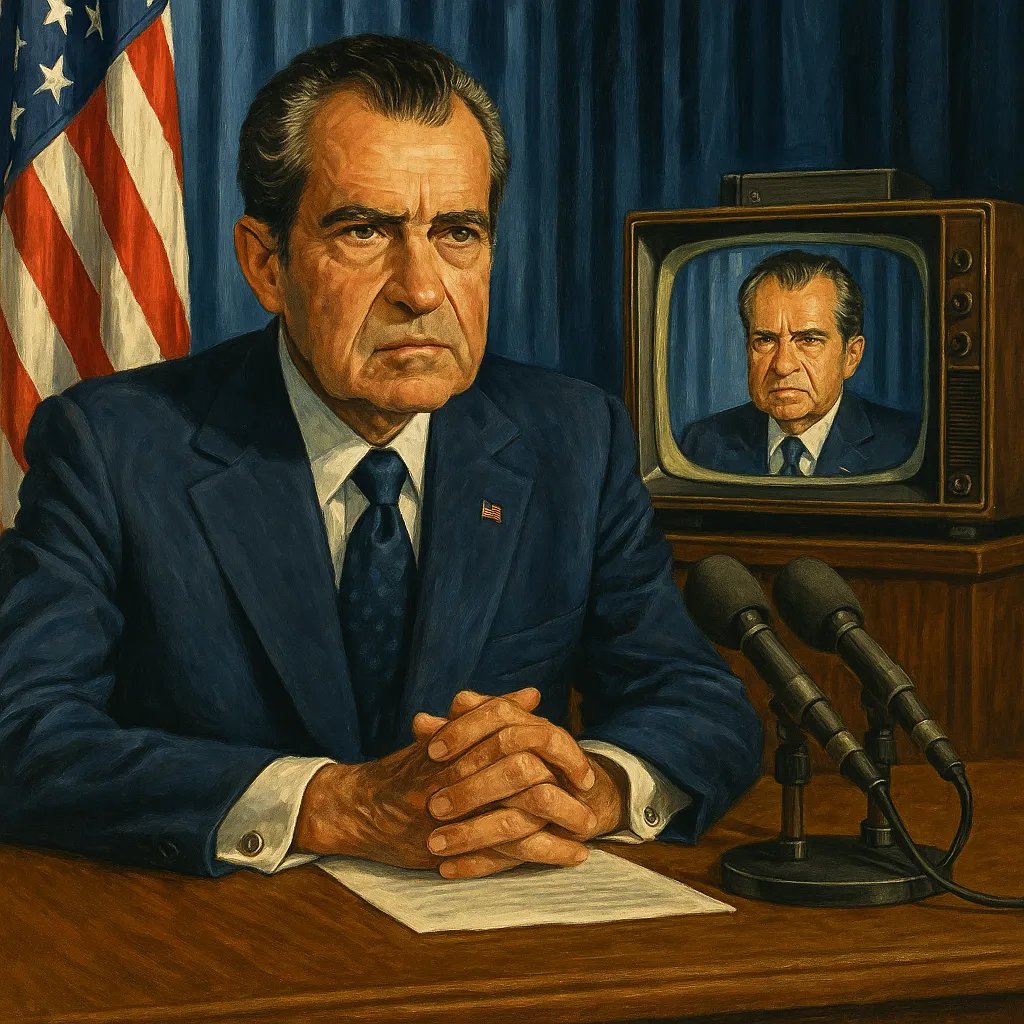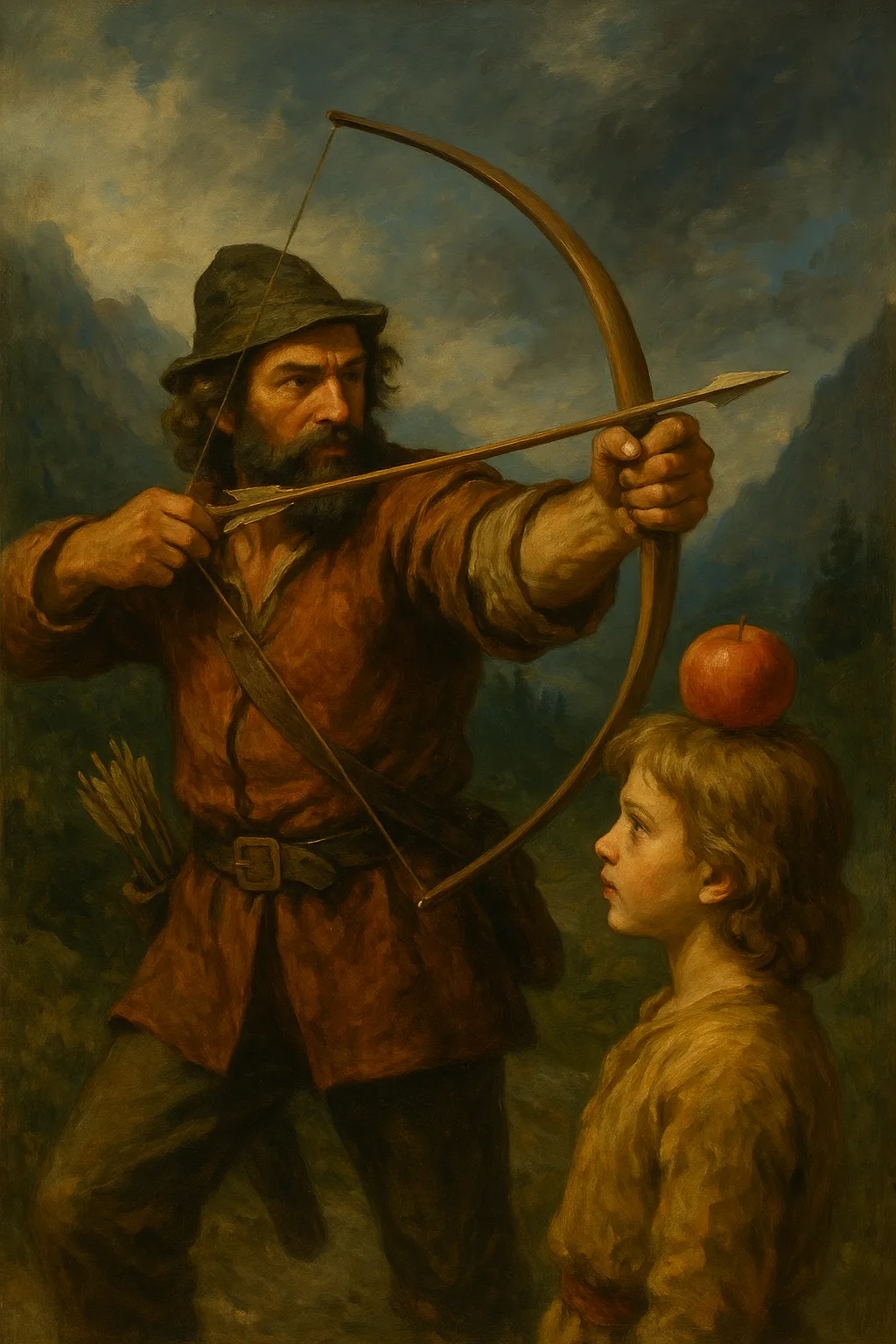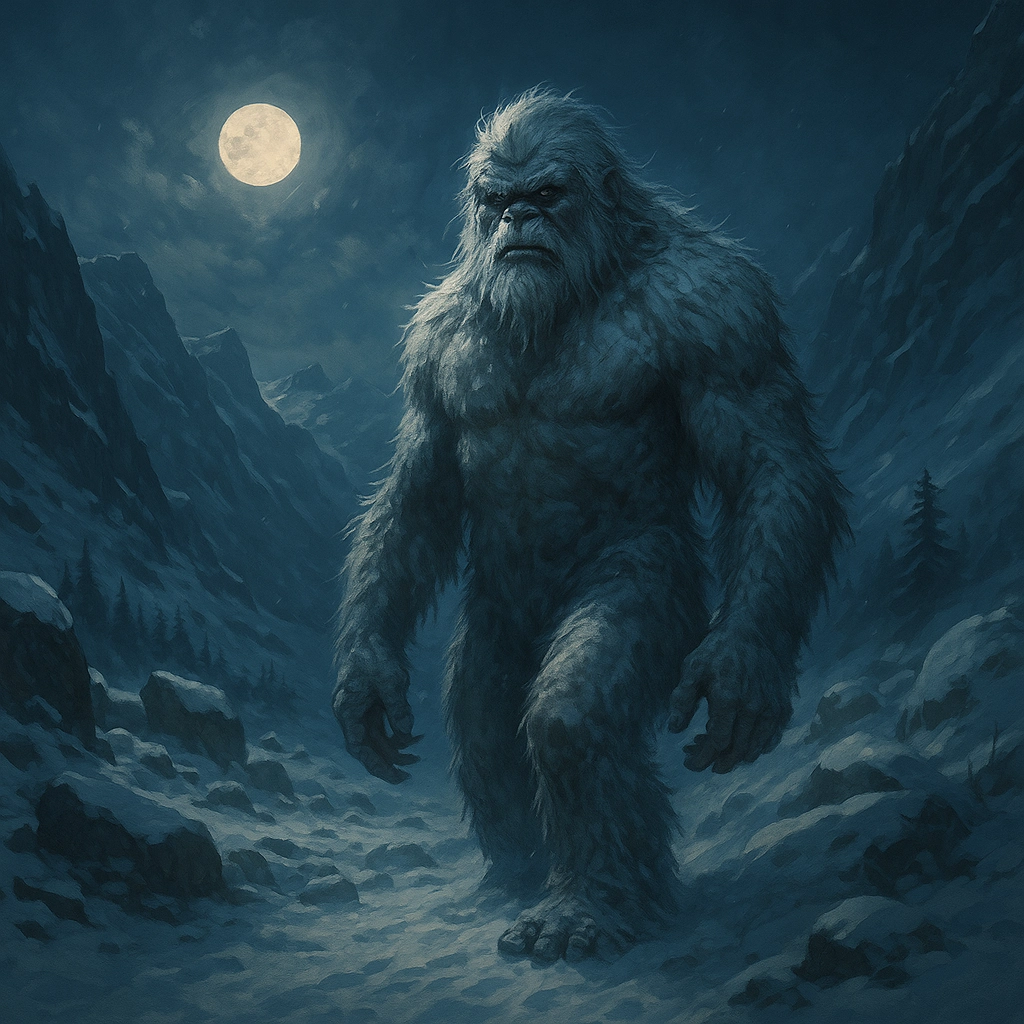Bermuda Triangle
The Bermuda Triangle
The Bermuda Triangle is a patch of ocean bordered by Miami, Bermuda, and Puerto Rico. For decades, this region has sparked whispers of strange disappearances, ghost ships, and vanishing planes. Sailors have reported dead calm seas followed by sudden, violent storms. Pilots tell of compass failures, glowing mists, and radio blackouts. It's a mystery that spans the sky and sea - and still refuses to be solved.
Flight 19
On December 5, 1945, five U.S. Navy bombers known as Flight 19 vanished during a routine training mission. The pilots became disoriented and reported odd compass behavior before radio contact was lost. A rescue plane sent to find them also disappeared - no trace of any aircraft was ever recovered. The event cemented the Bermuda Triangle's place in popular legend.
The USS Cyclops
In 1918, the USS Cyclops - a massive Navy fuel ship carrying over 300 men and tons of cargo - simply vanished between Barbados and Baltimore. No SOS call, no wreckage, no survivors. The ship's disappearance remains the single largest loss of life in U.S. Naval history not involving combat. To this day, its fate is completely unknown.
The Mystery of Electronic Fog
Some survivors of Bermuda Triangle incidents describe a strange phenomenon: a silvery or greenish fog that wraps around their craft. One pilot, Bruce Gernon, claimed he flew through a tunnel of cloud and emerged hundreds of miles away with missing time. He called it "electronic fog," believing it may warp time and space - a bizarre idea, but one backed by eerily consistent accounts.
Natural Causes?
Skeptics argue there's nothing unusual about the Bermuda Triangle. It's a heavily traveled region prone to sudden storms, strong currents, and human error. Methane gas eruptions from the seafloor may reduce buoyancy, swallowing ships. Magnetic anomalies could confuse compasses. And many so-called disappearances? They happened outside the Triangle or were later explained by wreckage finds.
Atlantis or Aliens?
For those who reject earthly explanations, the Triangle is a hotspot of speculation. Some believe an ancient energy crystal from Atlantis lies beneath the waves, causing strange vibrations. Others suspect an alien base under the ocean, responsible for abducting ships and planes. While there's no proof of either, the idea has kept the Bermuda Triangle alive in books, films, and wild theories.
Conclusion
Fact or fiction, the Bermuda Triangle endures as one of the world's greatest maritime mysteries. Whether it's bad weather, bad luck, or something beyond science, the stories of lost vessels and strange skies continue to haunt the imagination. And for every ship that sails into those waters, a quiet question lingers: will it come out the other side?


